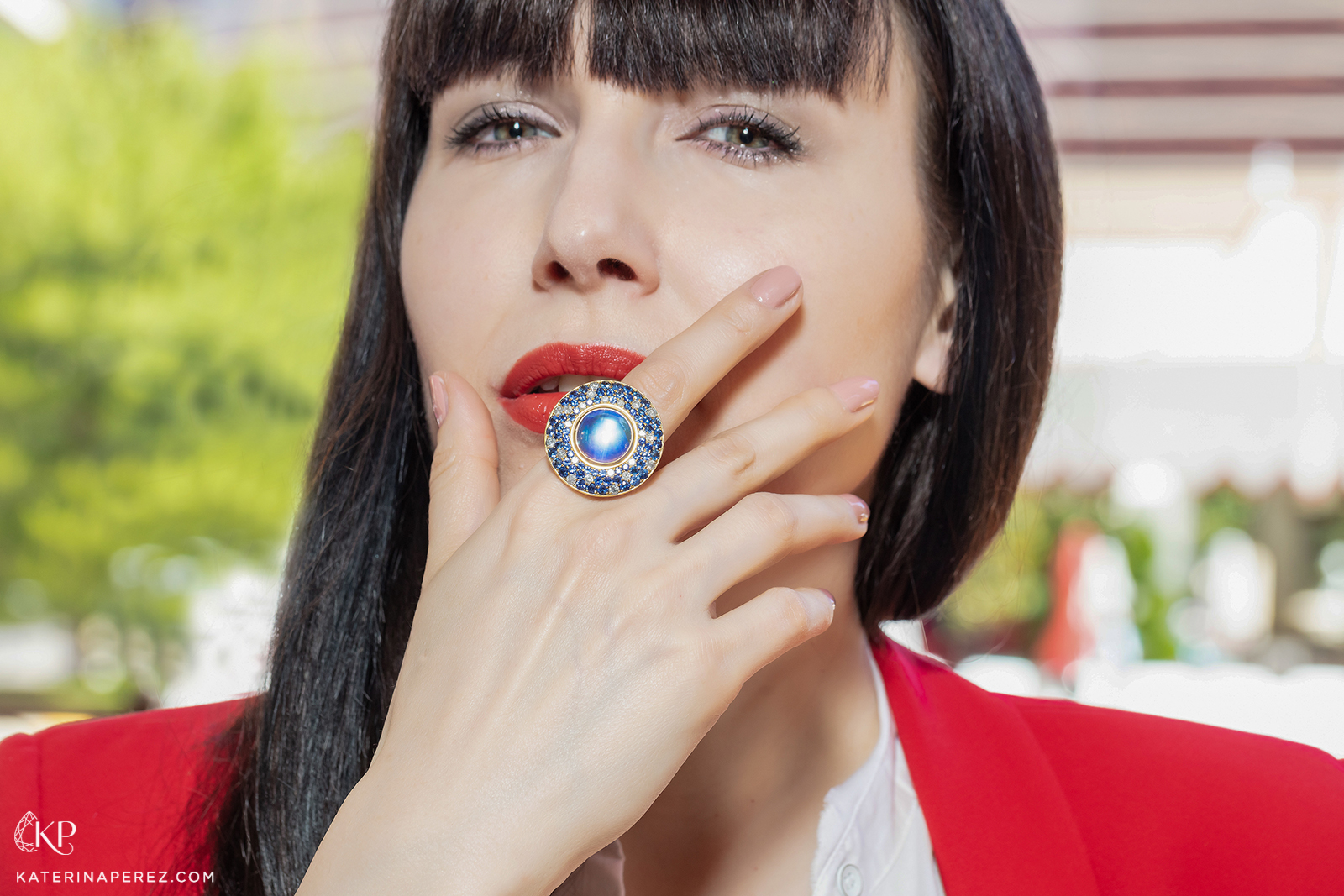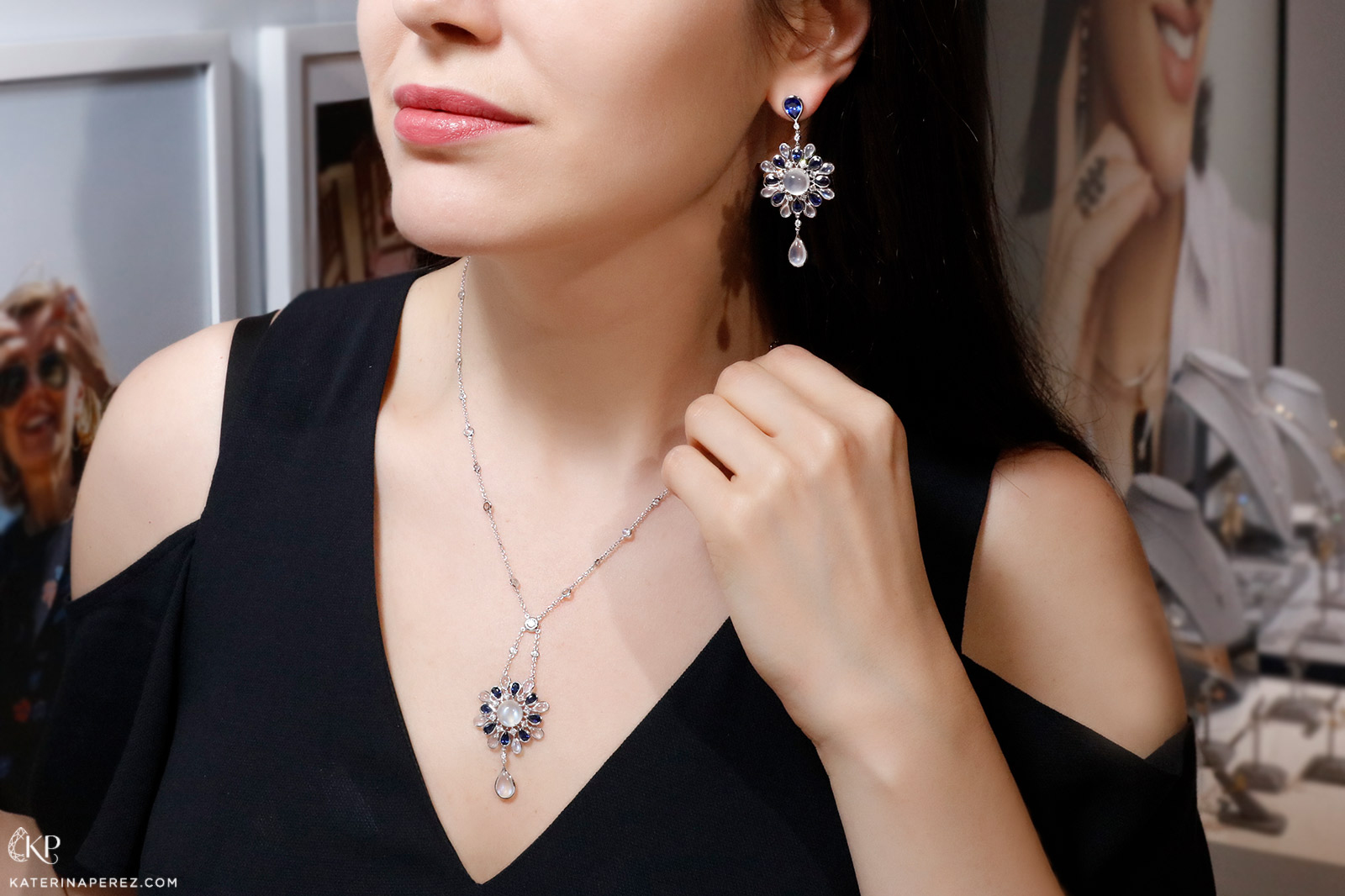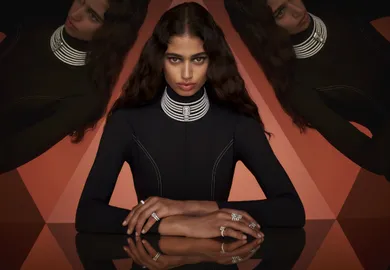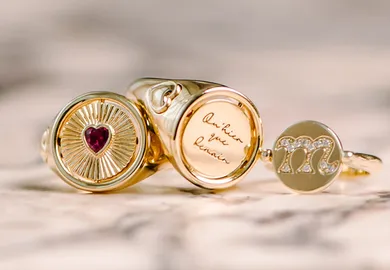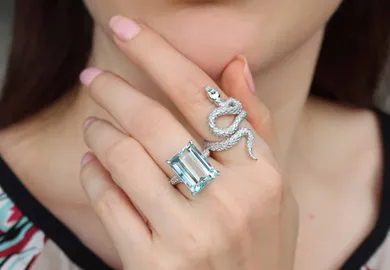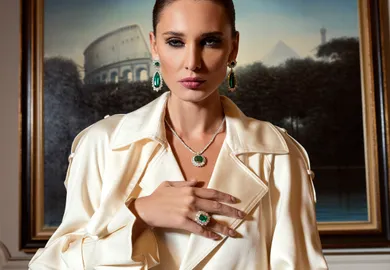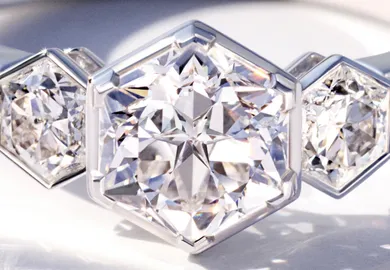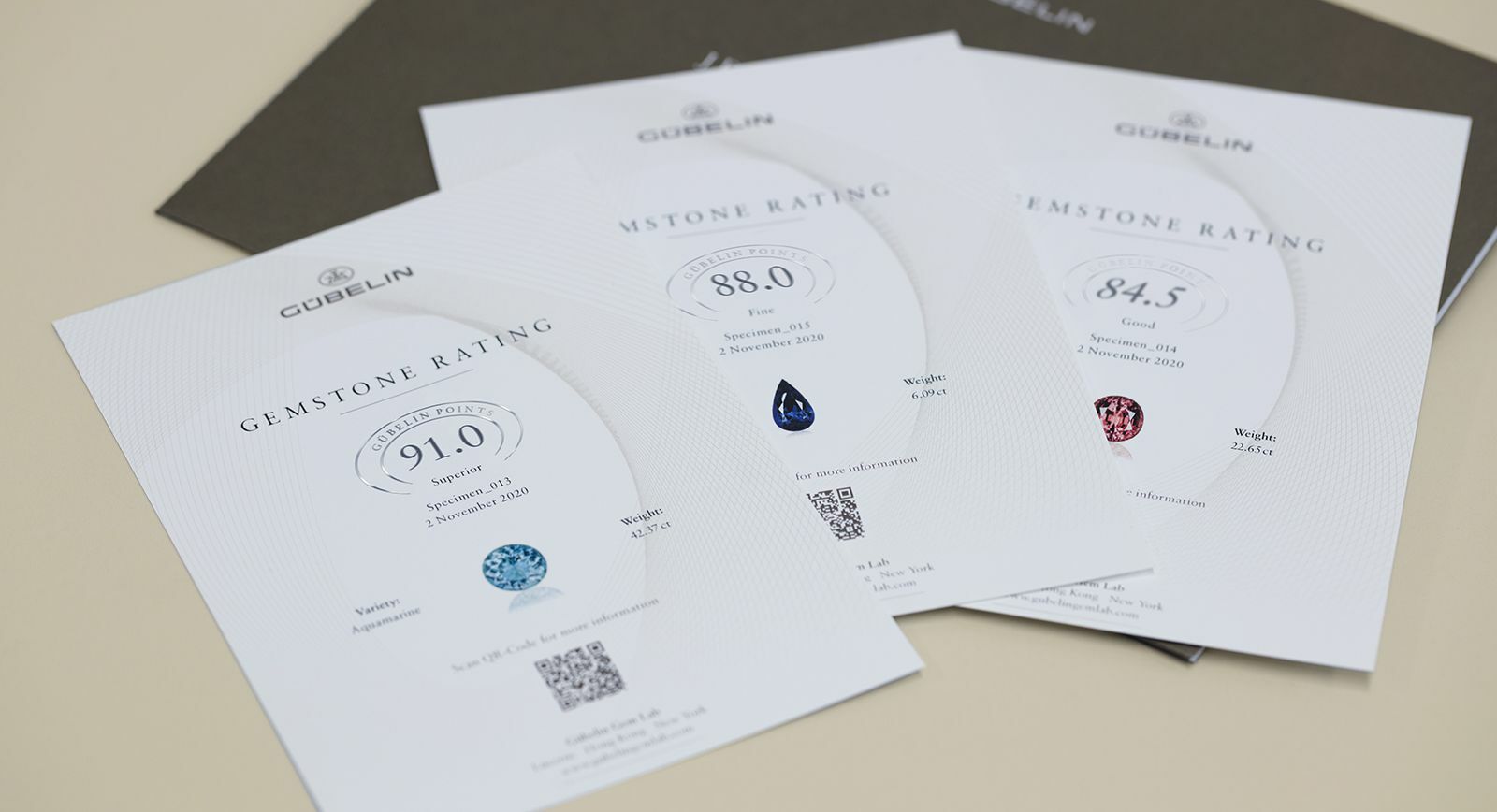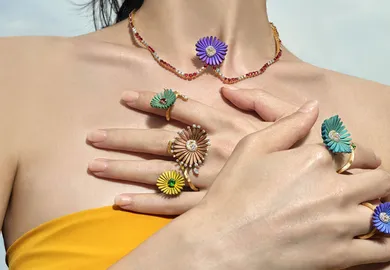

A Ray of Moonlight: The Mysterious Beauty of Moonstones
“A cold radiance” is the poetic phrase often used to describe the iridescence (inner glow) of moonstone, a quality that makes it look like a hardened ray of moonlight. This mineral always makes me think of a blue-white piece of ice that can never melt, even if you were to hold it in the palm of your hand for hours. Its optical effect has a certain magic, and the glare on the surface of the stone is mesmerizing and exquisite, meaning moonstone can perfectly complement other gems and even serve as an excellent choice for the headline stone in the centre of a jewel.
The 21st century has paved the way not only for second, third and fourth grade precious stones to enter the high jewellery scene, but also for semi-precious stones or, as they are also called, ornamental gemstones, to do the same. Their first task was to expand the jeweller’s colour palette and to supplement diamonds, emeralds, blue sapphires and rubies. But the extraordinary beauty of opaque stones soon saw them become soloists within the jewellery industry, starring in works by even the most respected of jewellery Maisons, including Cartier, Bvlgari and Chaumet. Moonstone is no exception.
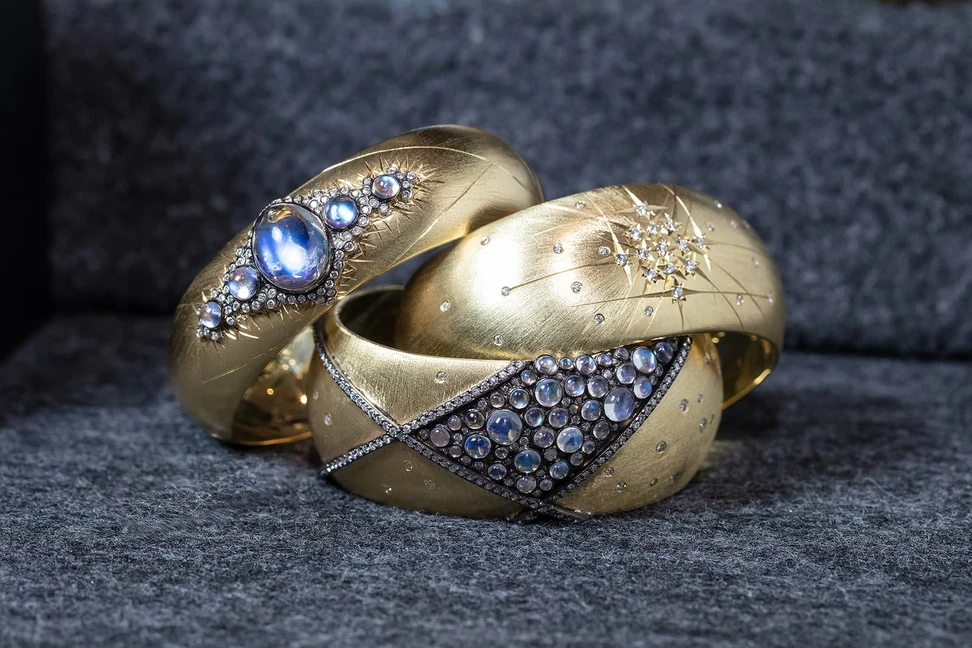
A trio of cuff bracelets from Adam Foster’s Constellation Collection with diamonds and moonstones
So why do jewellers love it so much? To understand this, you need to see the rare splendour of this stone for yourself at least once. The fact is that natural specimens will invariably possess a mysterious flicker, and, if you are lucky, will also display rare optical phenomena such as the cat’s eye (known as chatoyancy) and asterism (a star-like quality). That’s right, a cabochon-cut moonstone is capable of exhibiting stars on its surface that are no less spectacular than those on a ruby or a sapphire! The most magnificent and valuable specimens are considered rainbow moonstones, which are plagioclase in composition; this is a translucent gem with iridescent tints throughout the cabochon. As you probably now understand, it is the beauty of adularia (the alternative name for moonstone) that serves as the primary and essential characteristic that can influence its value.
Moonstone is purported to be directly related to the Earth’s eponymous natural satellite, an astronomical body supposedly capable of changing the mineral’s pattern and even its temperature. An energy stabiliser, a depression eliminator, a creator of happiness in one’s personal life that can regulate all bodily functions from the lymphatic to the reproductive… these are some further reasons to start looking out for moonstone. My selection will help you with this!
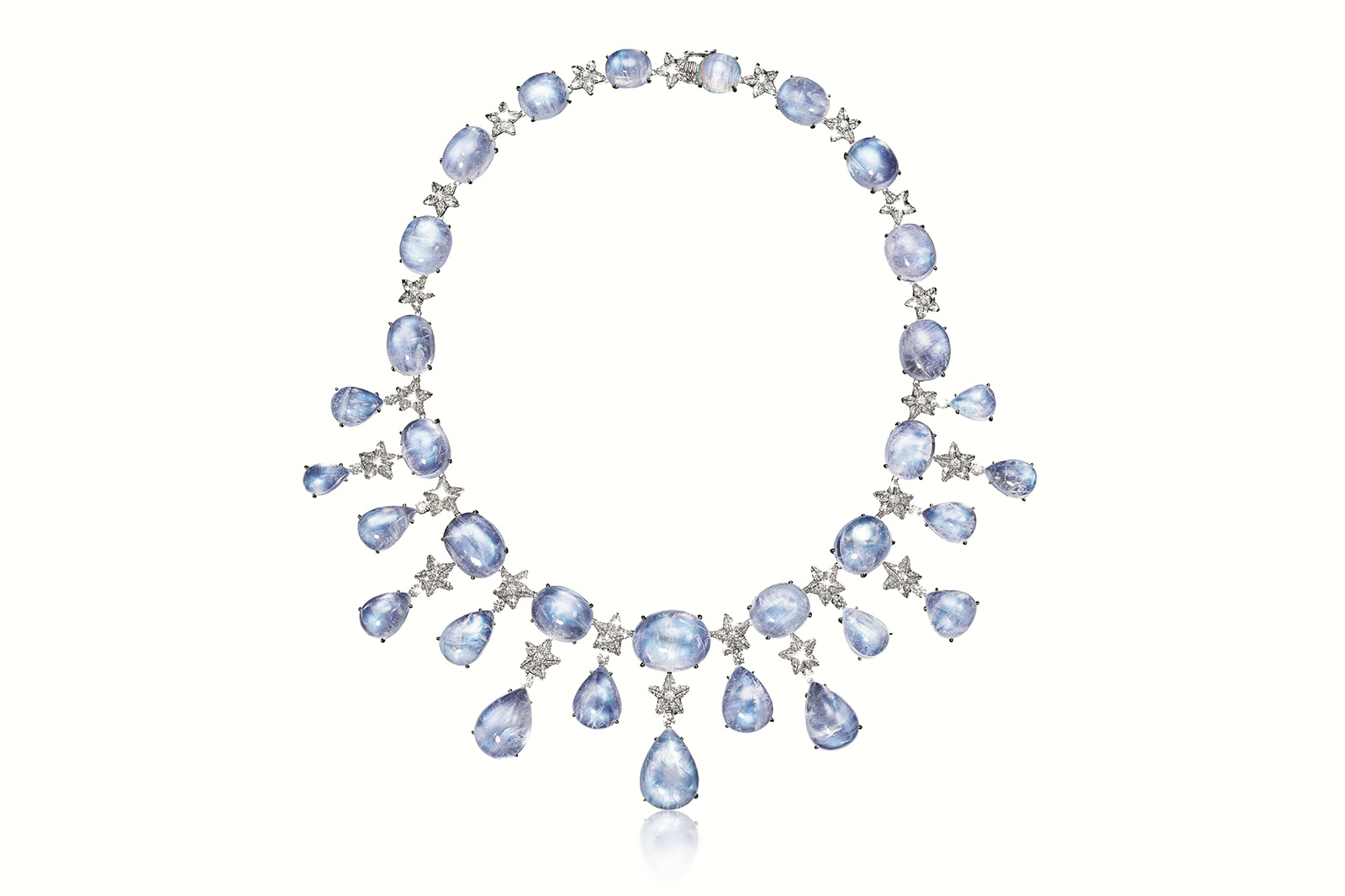
Verdura
Verdura
Moonstone and diamond necklace
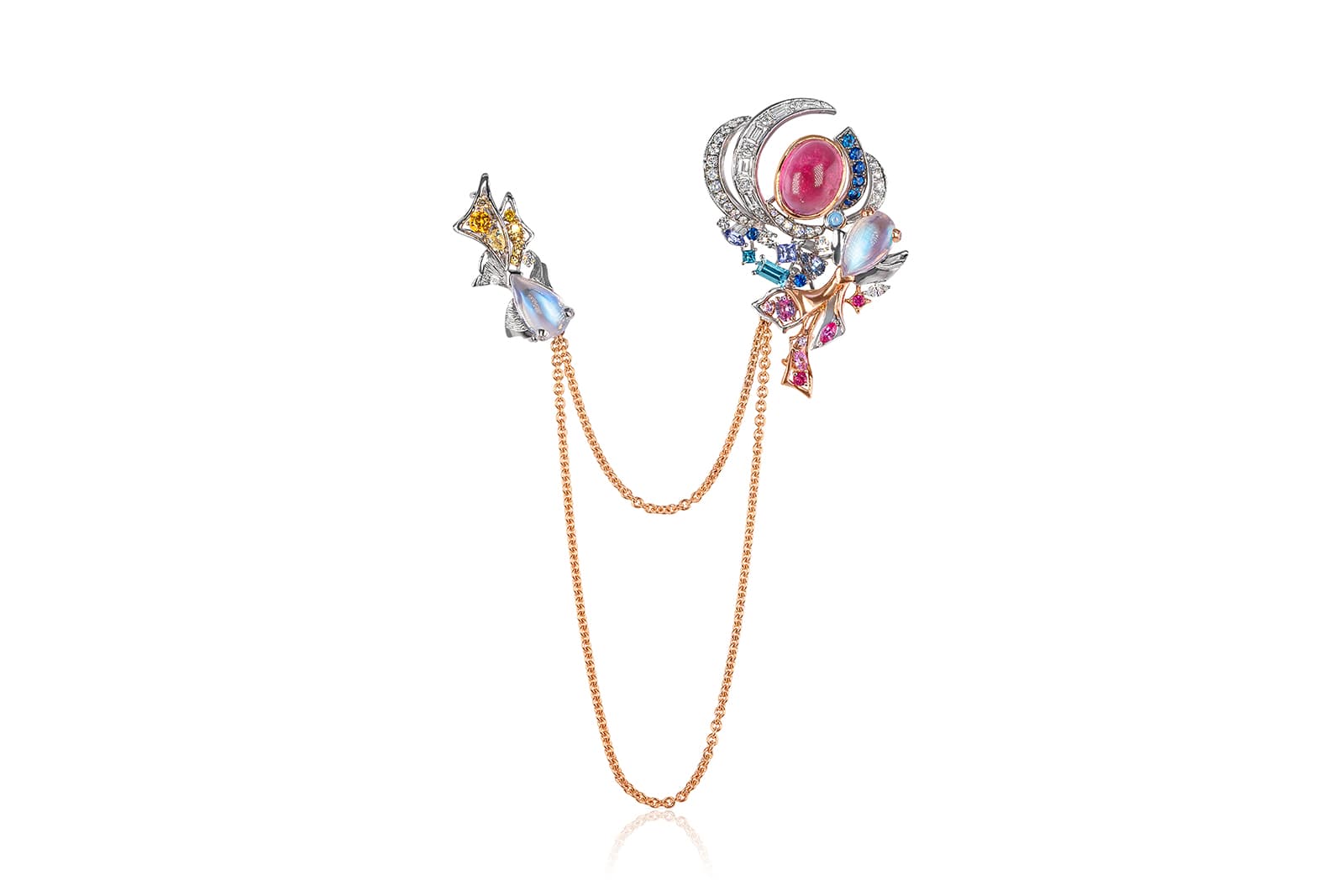
Madly
Madly
Lucky Fish brooch/pendant with moonstone koi fish, sapphires, diamonds and a tourmaline cabochon
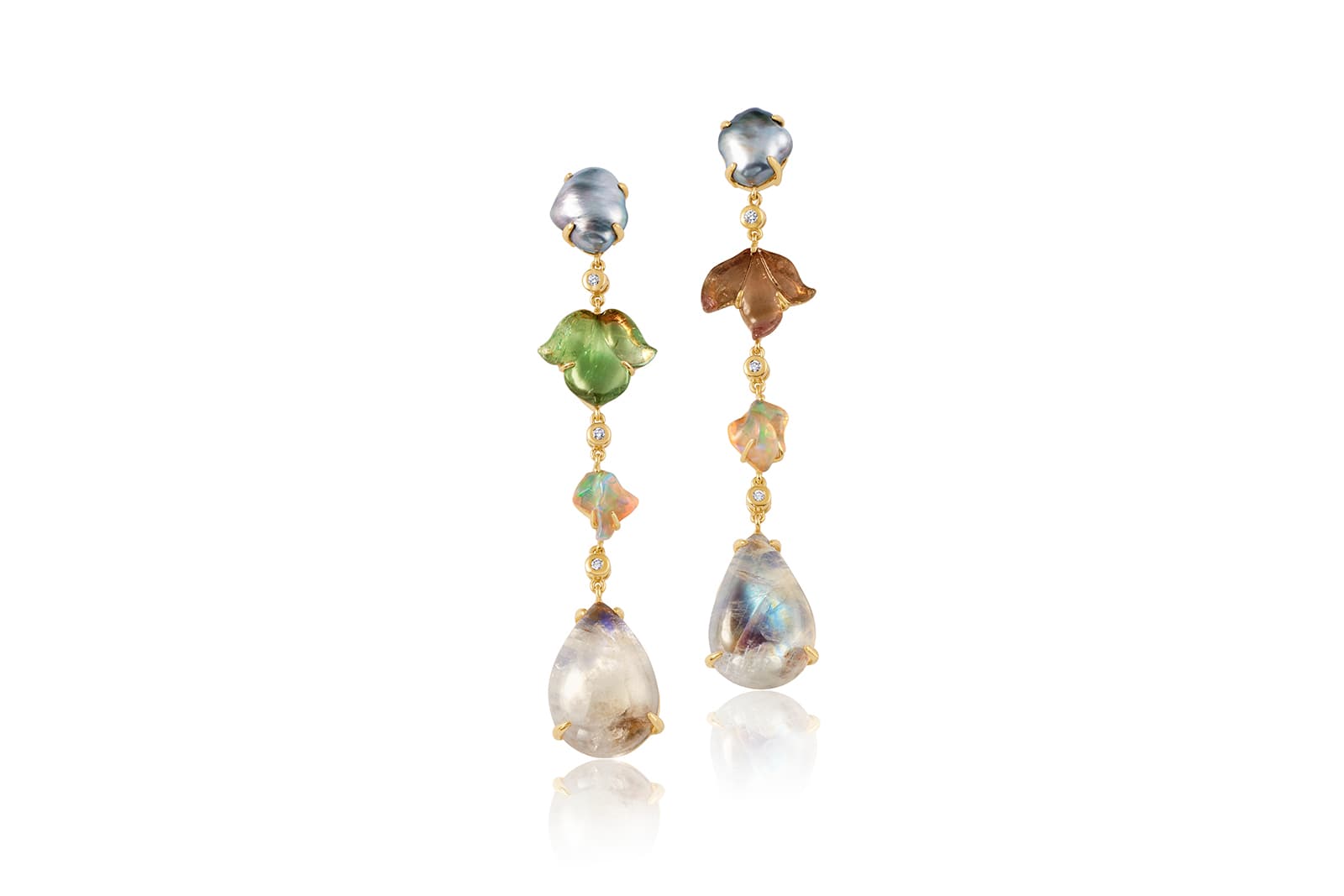
Joon Han
Joon Han
Keshi pearl, tourmaline, opal, rainbow moonstone and diamond earrings
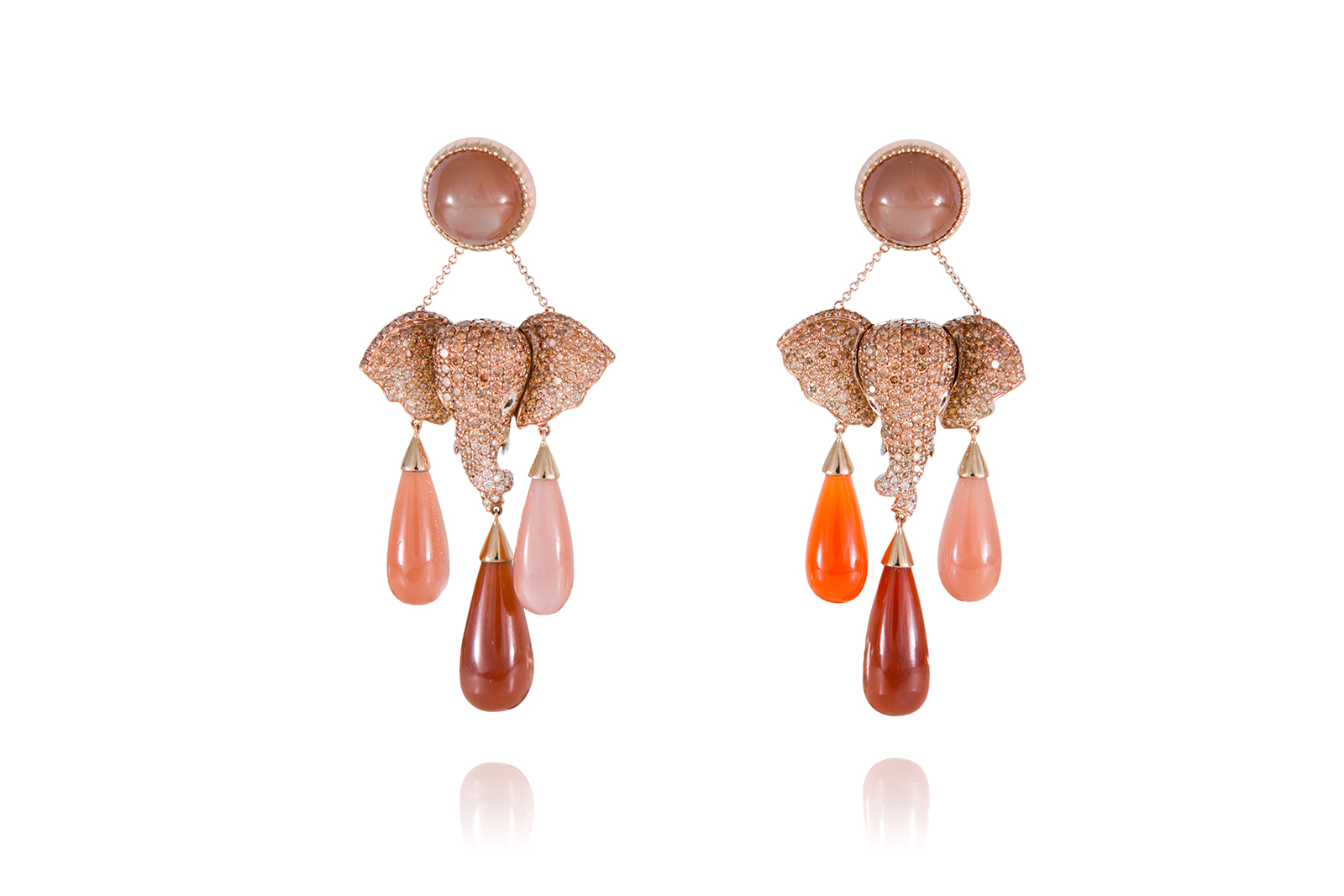
Lydia Courteille
Lydia Courteille
Elephant earrings in yellow gold with moonstones, black diamonds and 518 brown diamonds totalling 7.15 carats
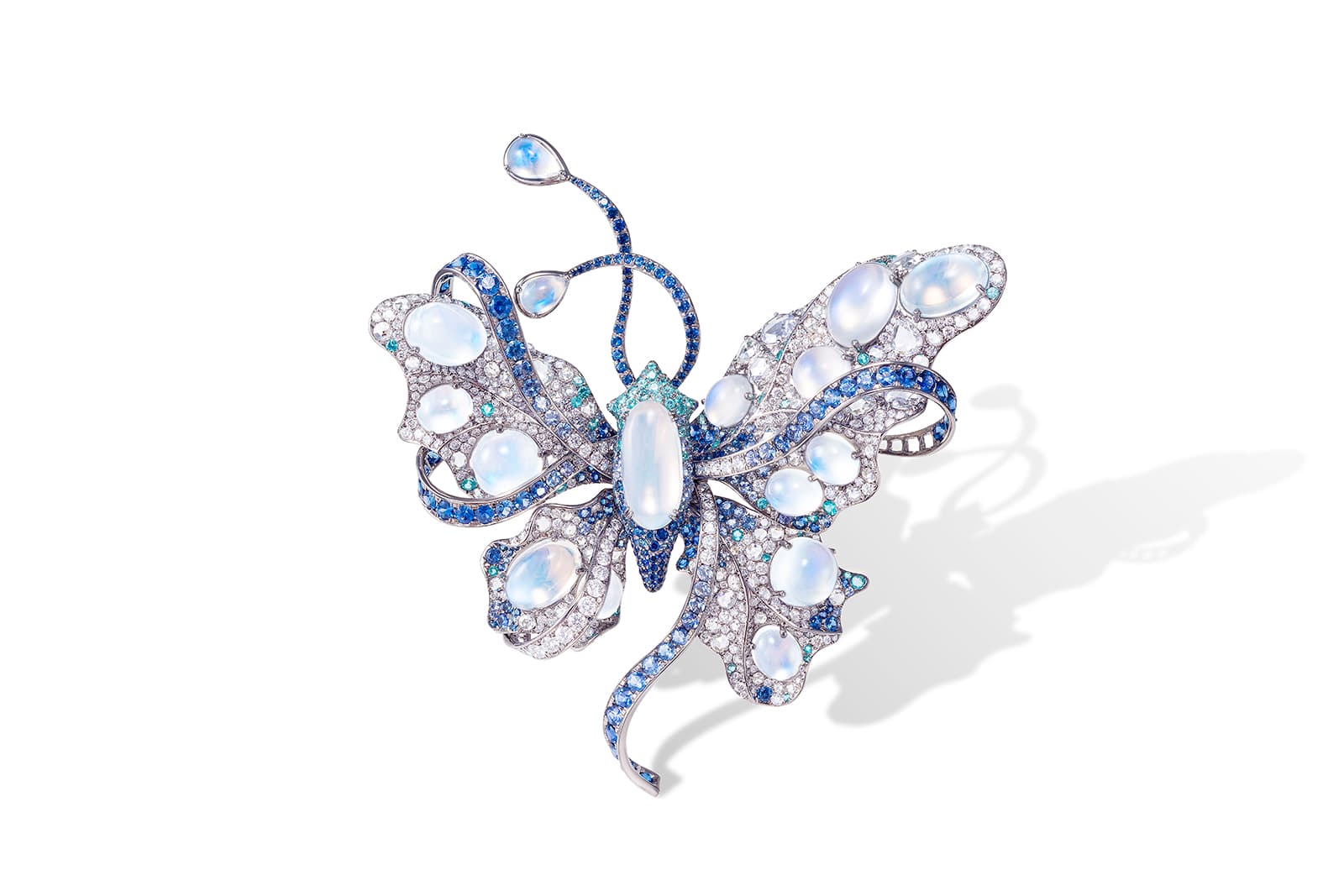
Anna Hu
Anna Hu
Artemis Butterfly brooch with moonstones, diamonds, sapphires and Paraiba tourmalines
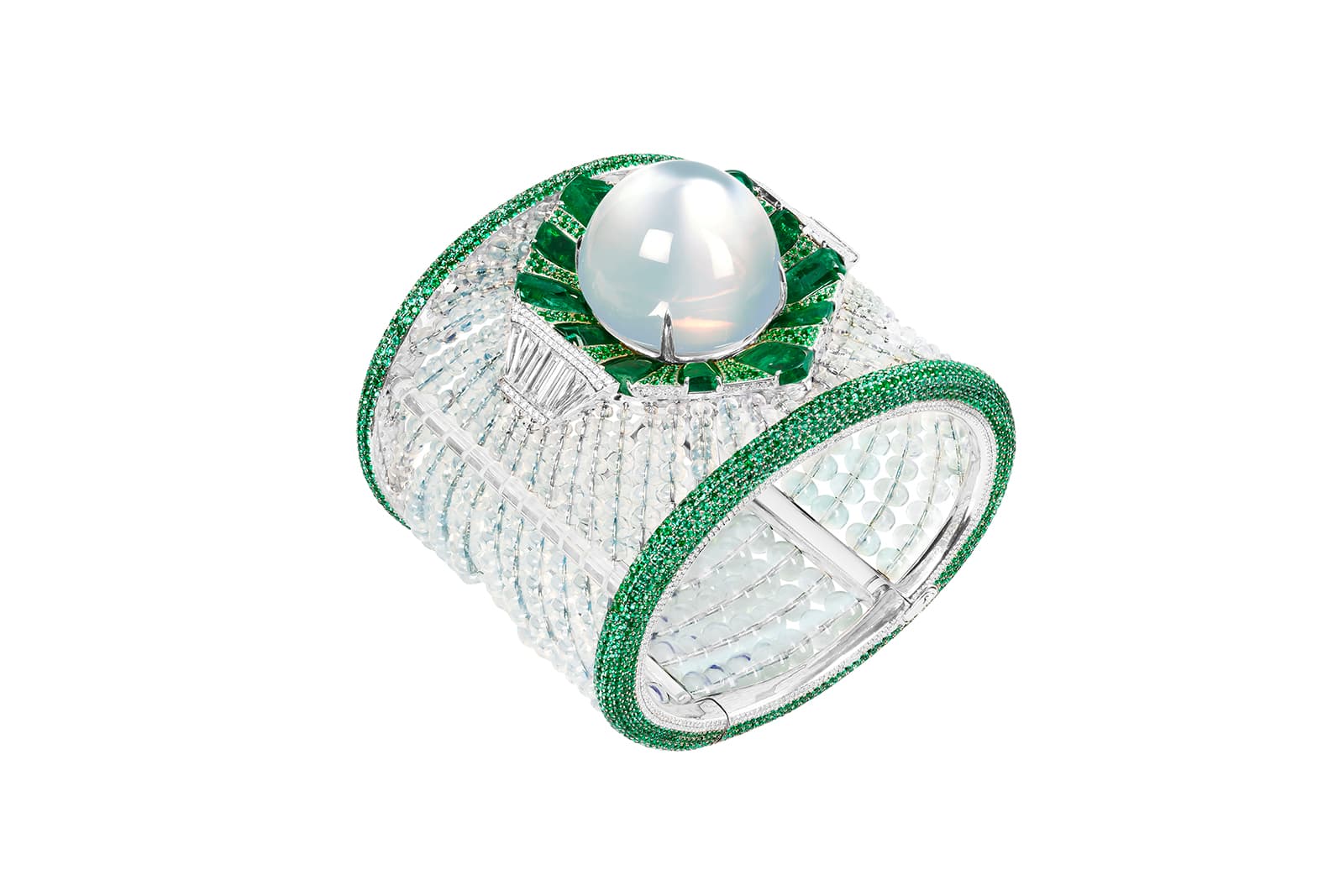
Boghossian
Boghossian
Bangle with a 93.13 carat sugarloaf moonstone, emeralds and diamonds in white gold

Anthony Lent
Anthony Lent
Moonface Mesh bracelet with moonstones, diamonds and sapphires in gold
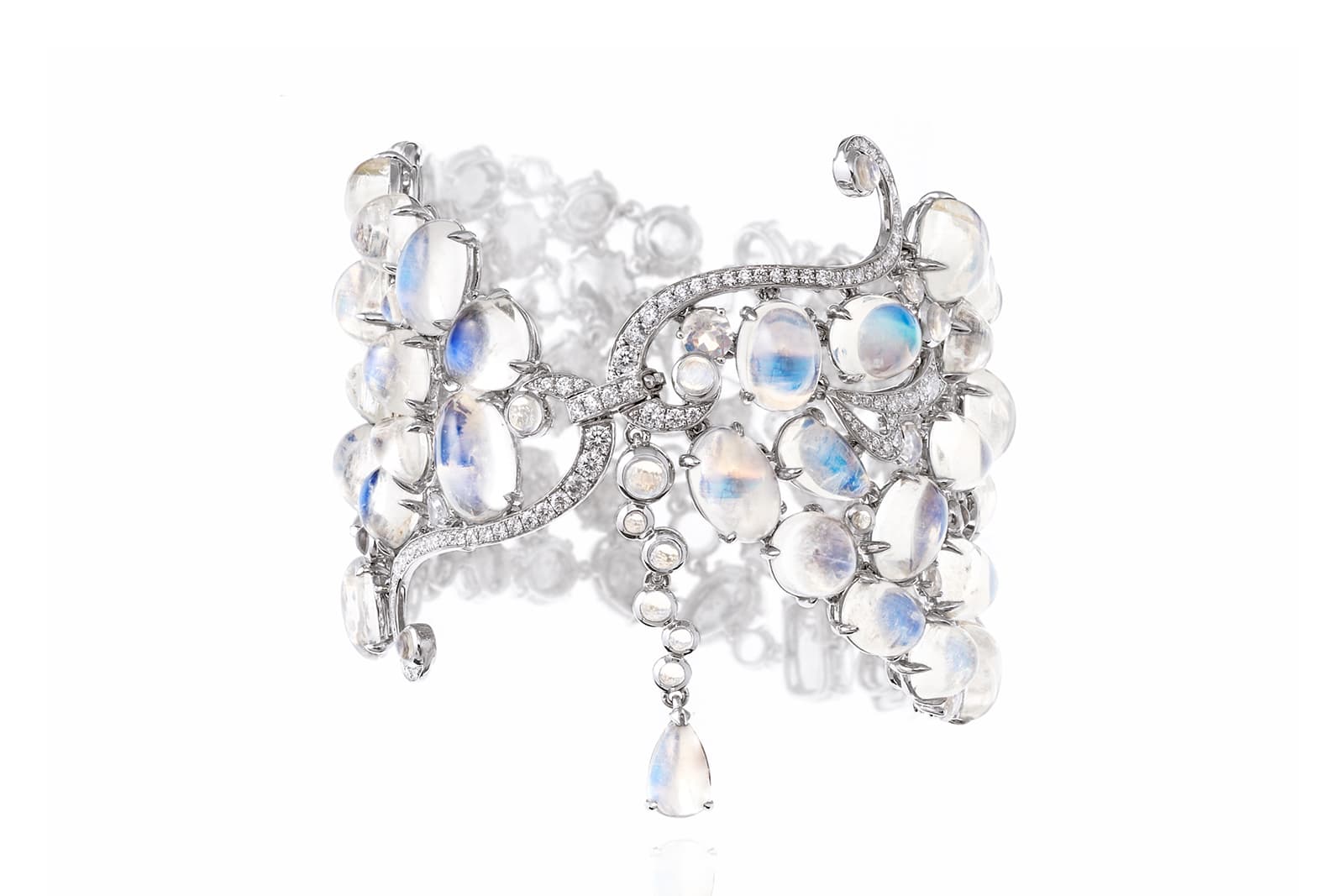
Anna Hu
Anna Hu
Moon River bracelet with moonstones and diamonds
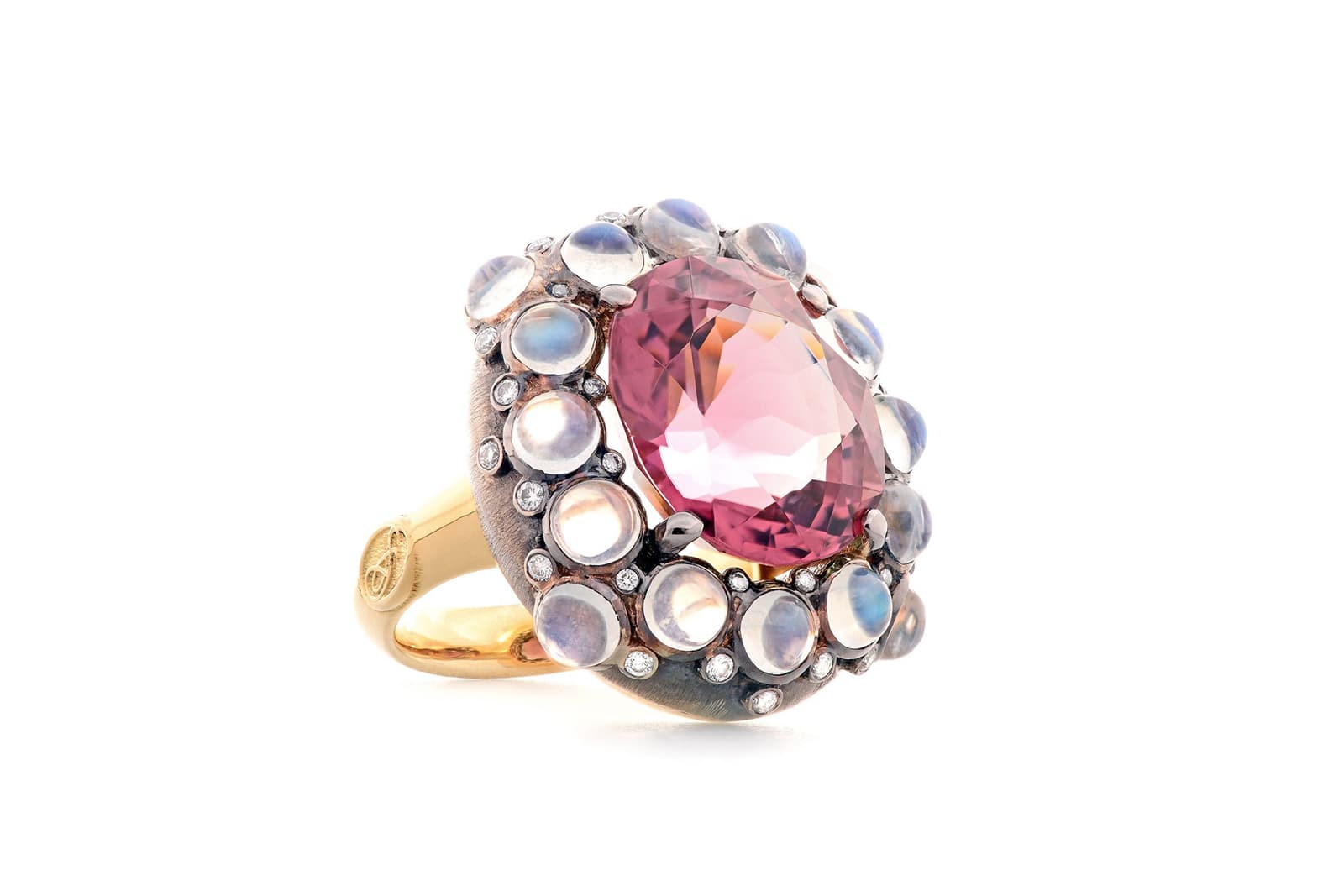
Adam Foster
Adam Foster
Moonstone and spinel ring
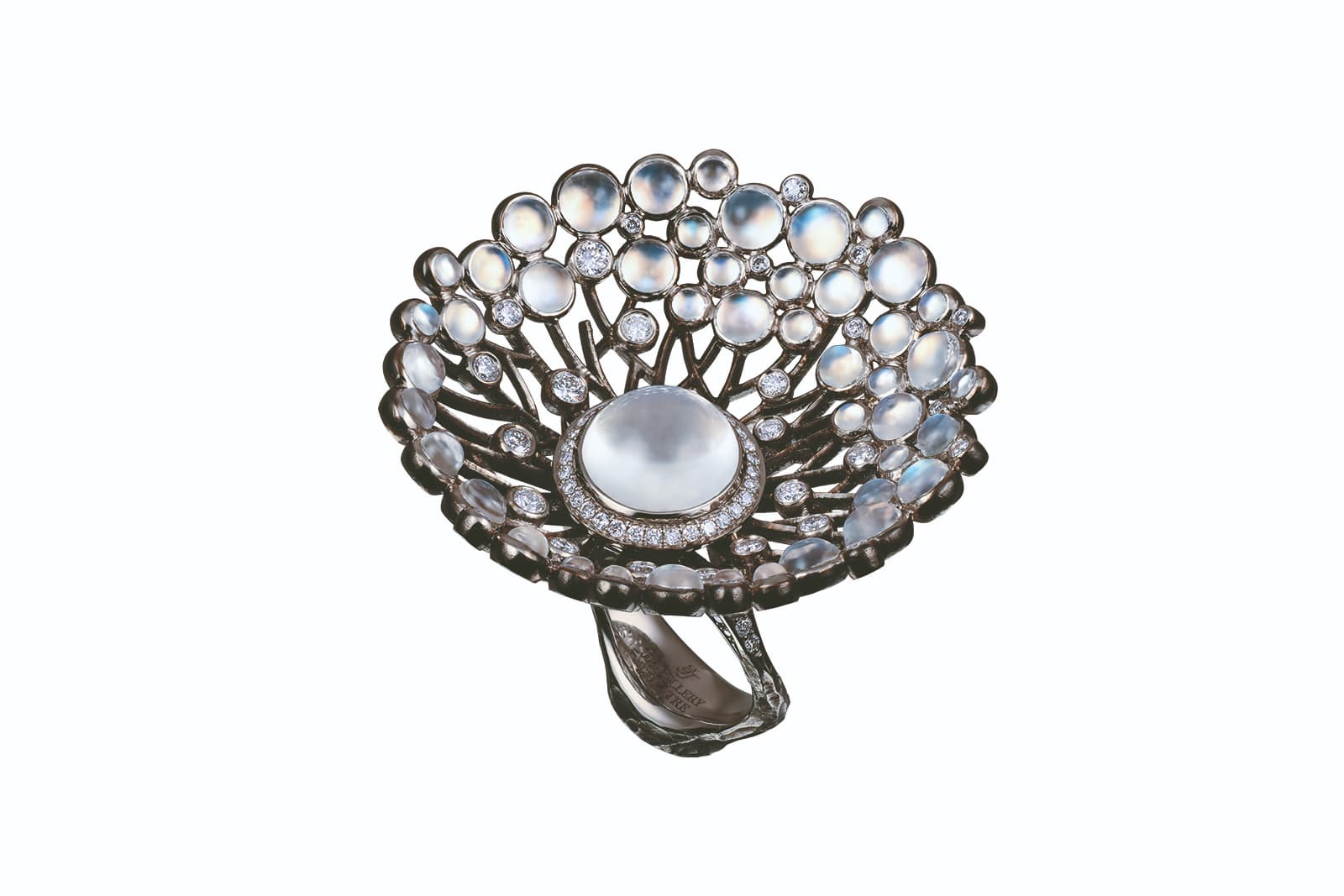
Jewellery Theatre
Jewellery Theatre
Moonstone Dandelion ring
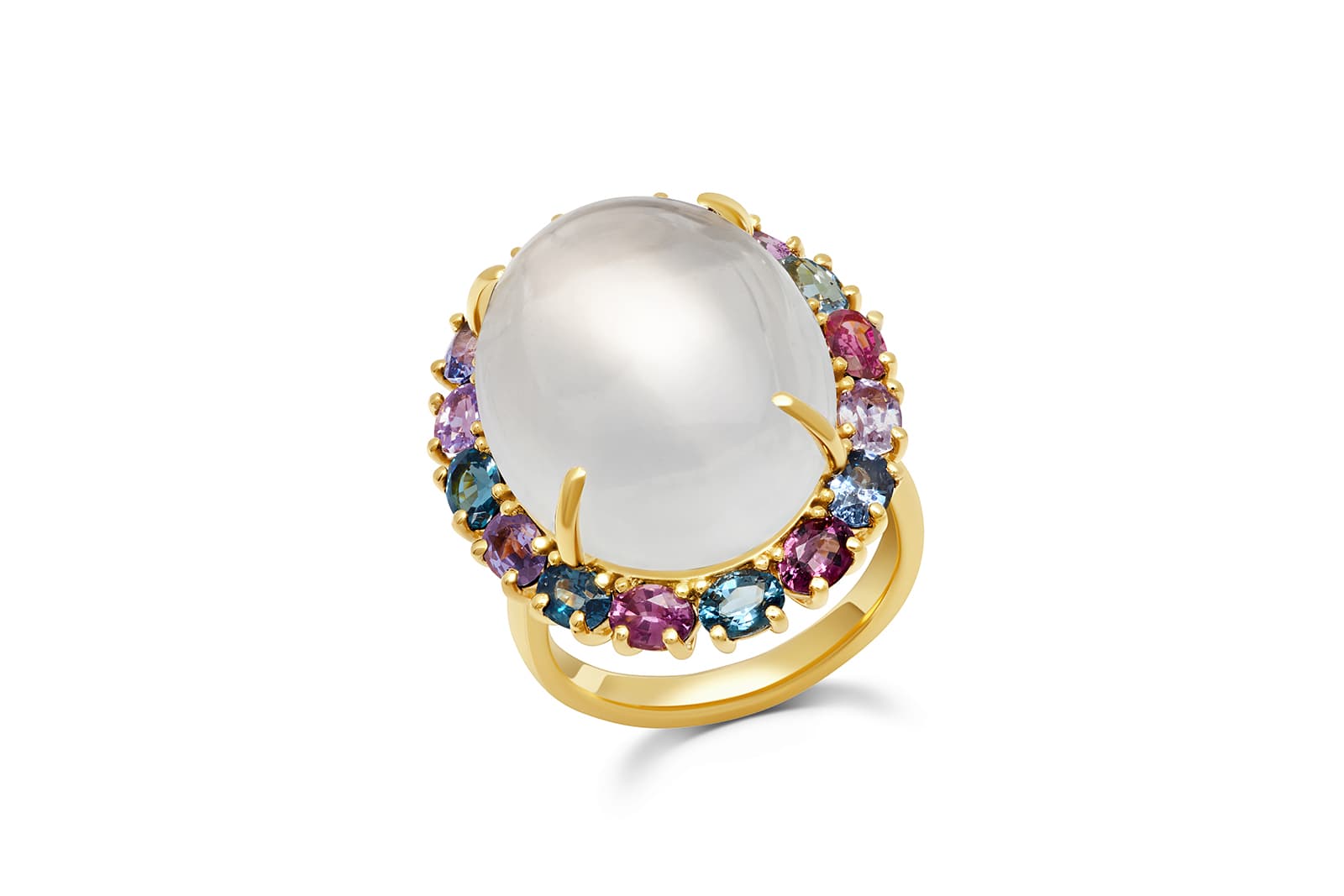
Joon Han
Joon Han
Moonstone and multi-coloured spinel ring
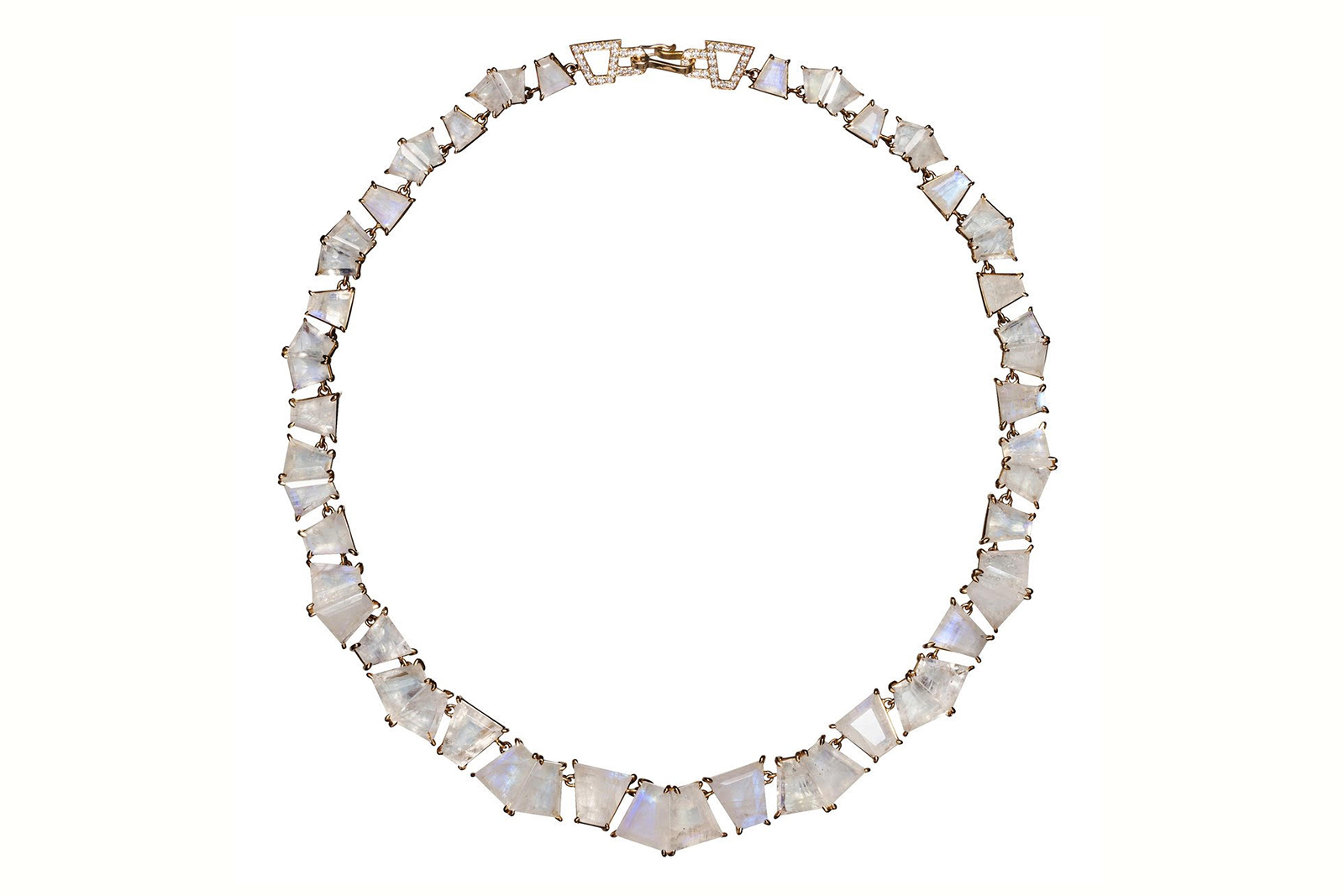
Nak Armstrong
Nak Armstrong
Pleated Riviere necklace in rose gold with diamonds and moonstones
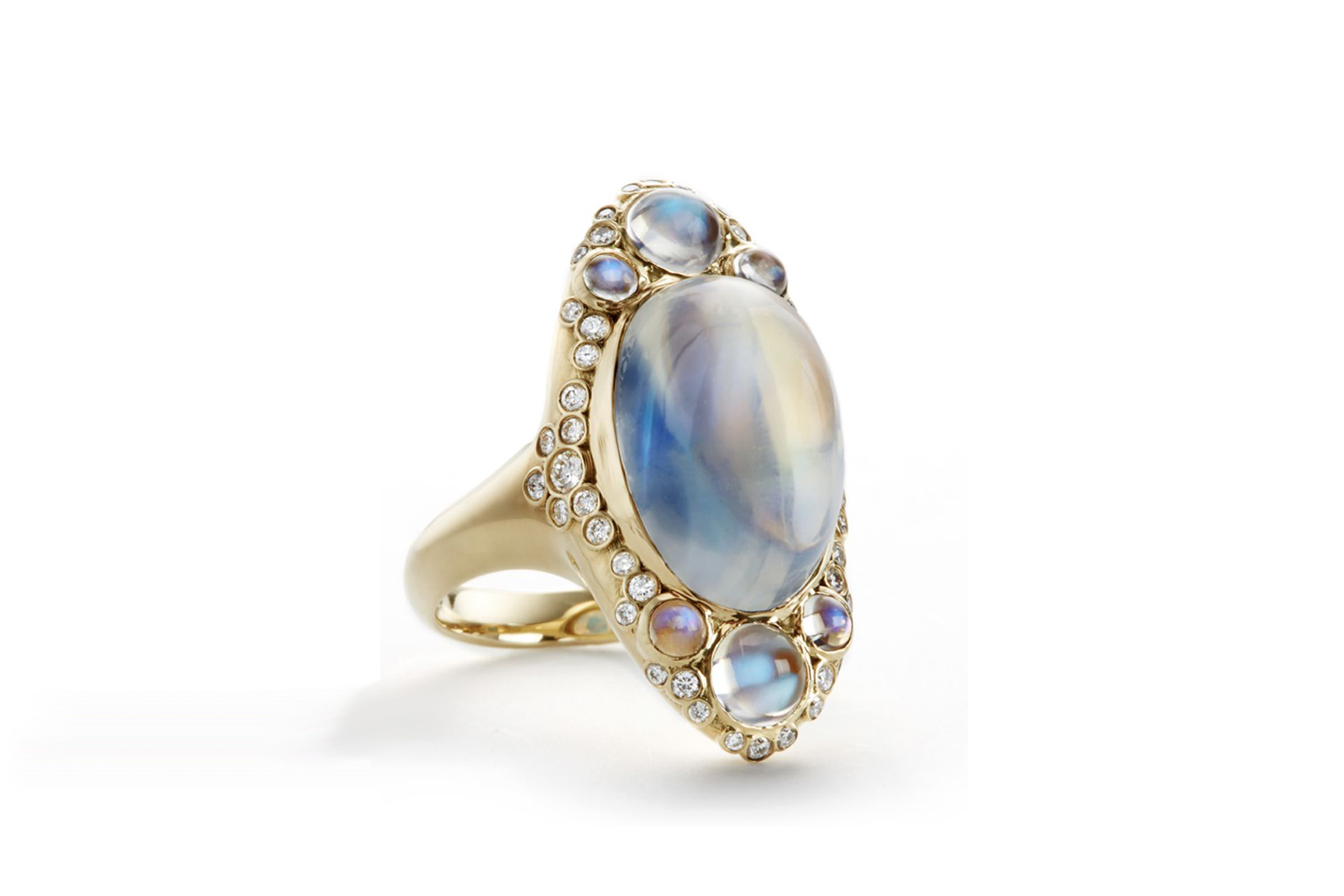
Adam Foster
Adam Foster
Moonstone ring
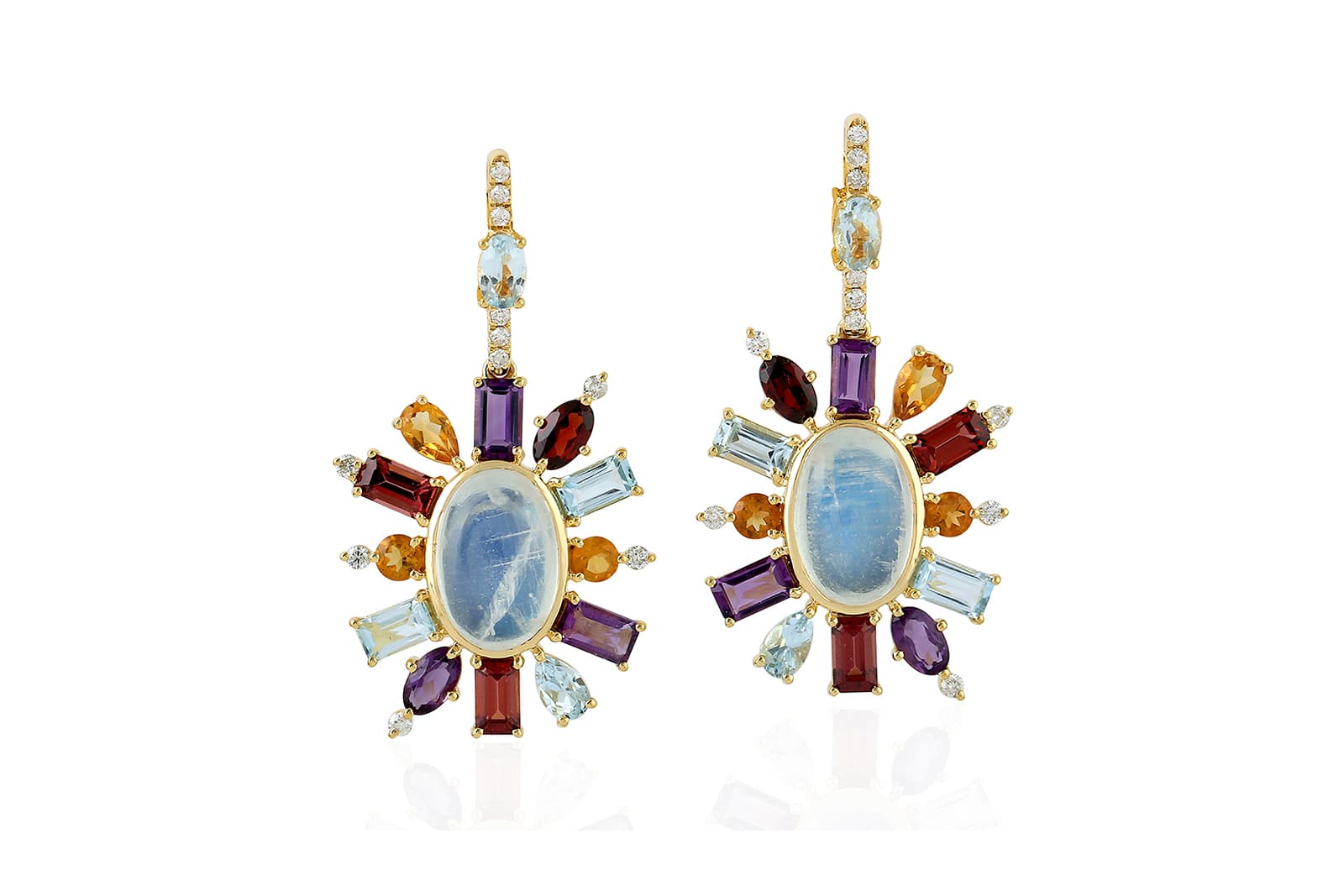
Meghna Jewels
Meghna Jewels
Moonstone, garnet and diamond earrings in gold
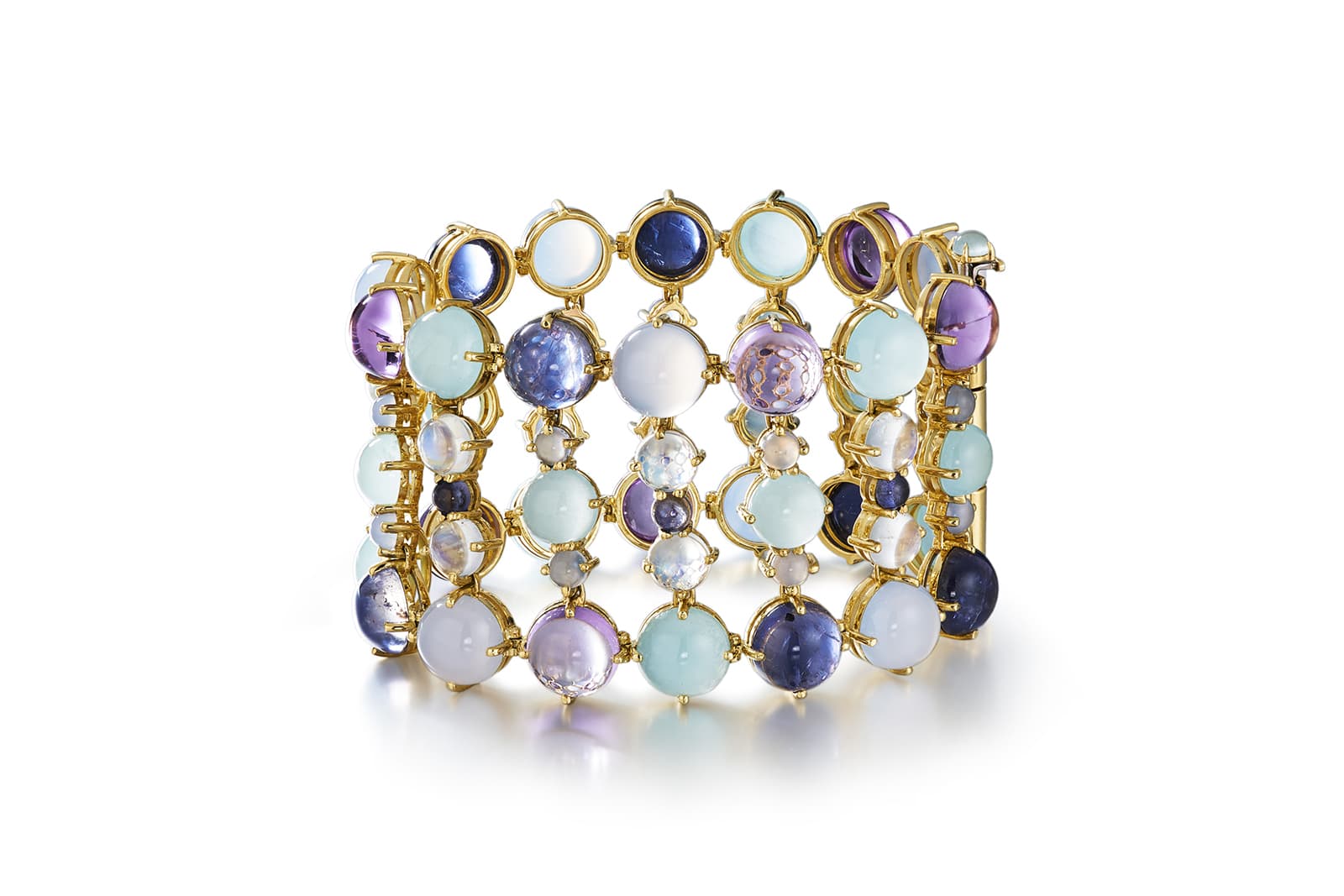
Daria de Koning
Daria de Koning
Ocean Fizz bracelet with iolite, amethyst, chalcedony, aquamarine and clear rainbow moonstone
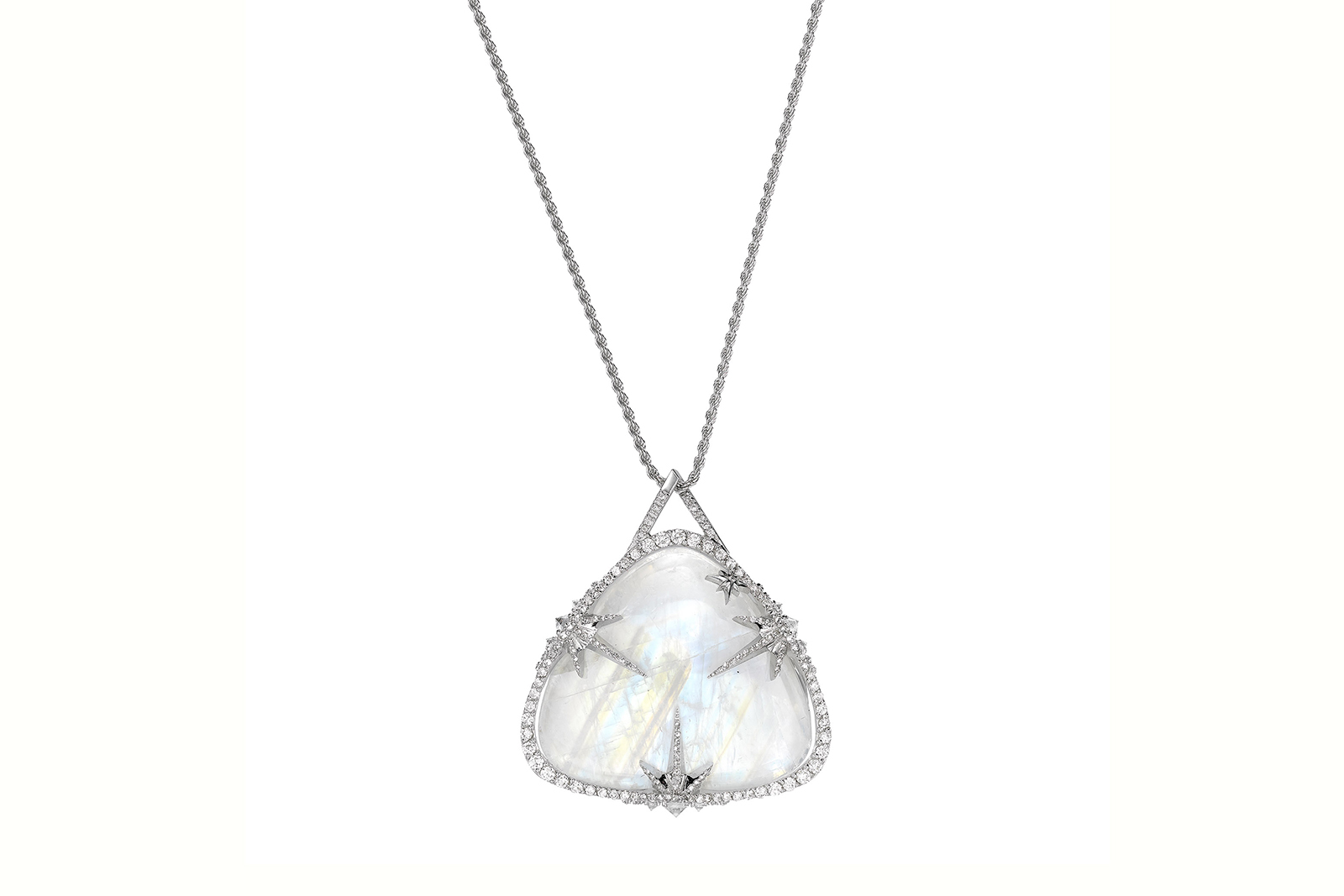
Venyx
Venyx
Theiya Lumia necklace with 137 diamonds, 21 Colourless Sapphires, rainbow moonstone and Gibeon Meteorite
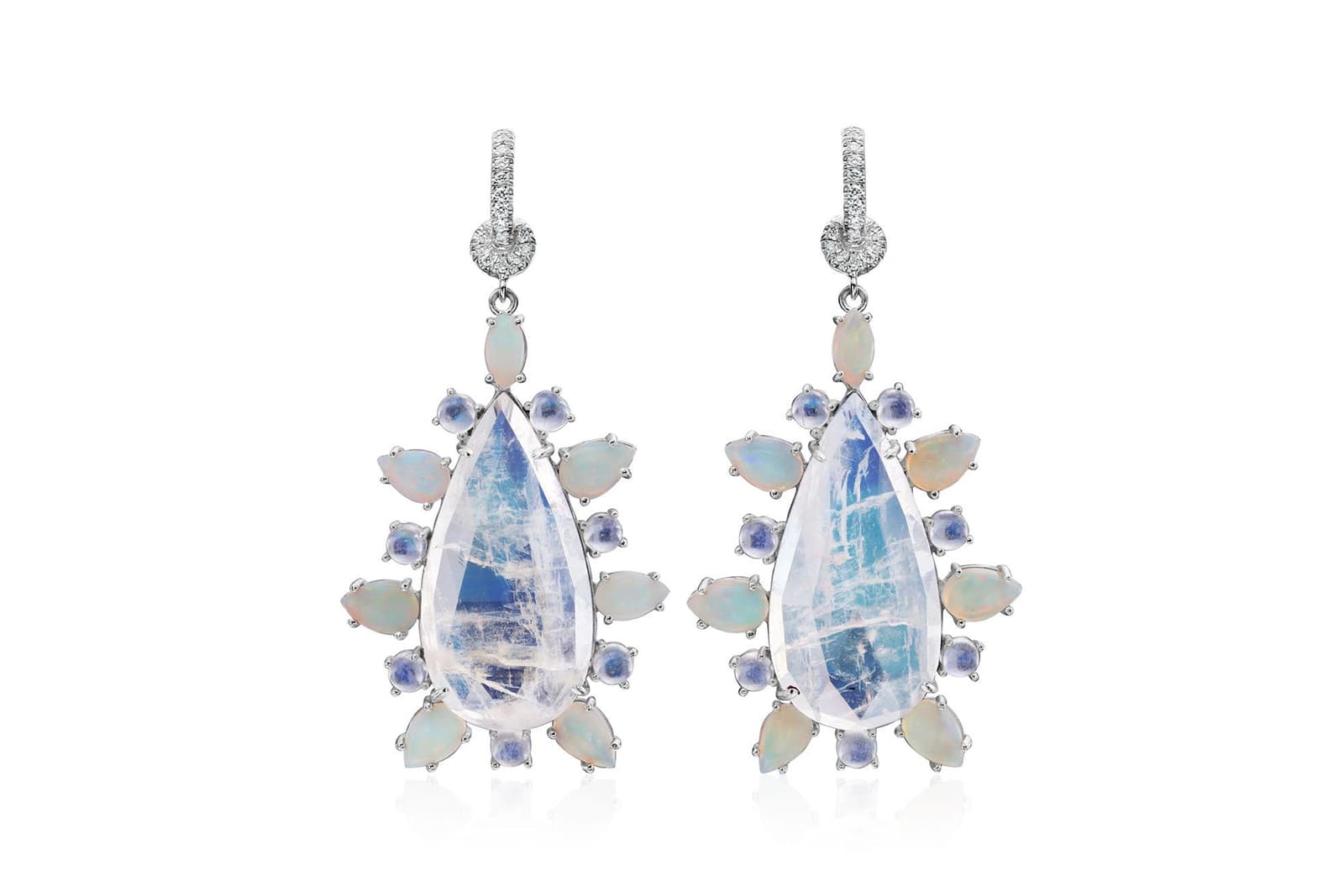
Nina Runsdorf
Nina Runsdorf
White gold drop earrings with diamonds, pear-shaped moonstones and opals
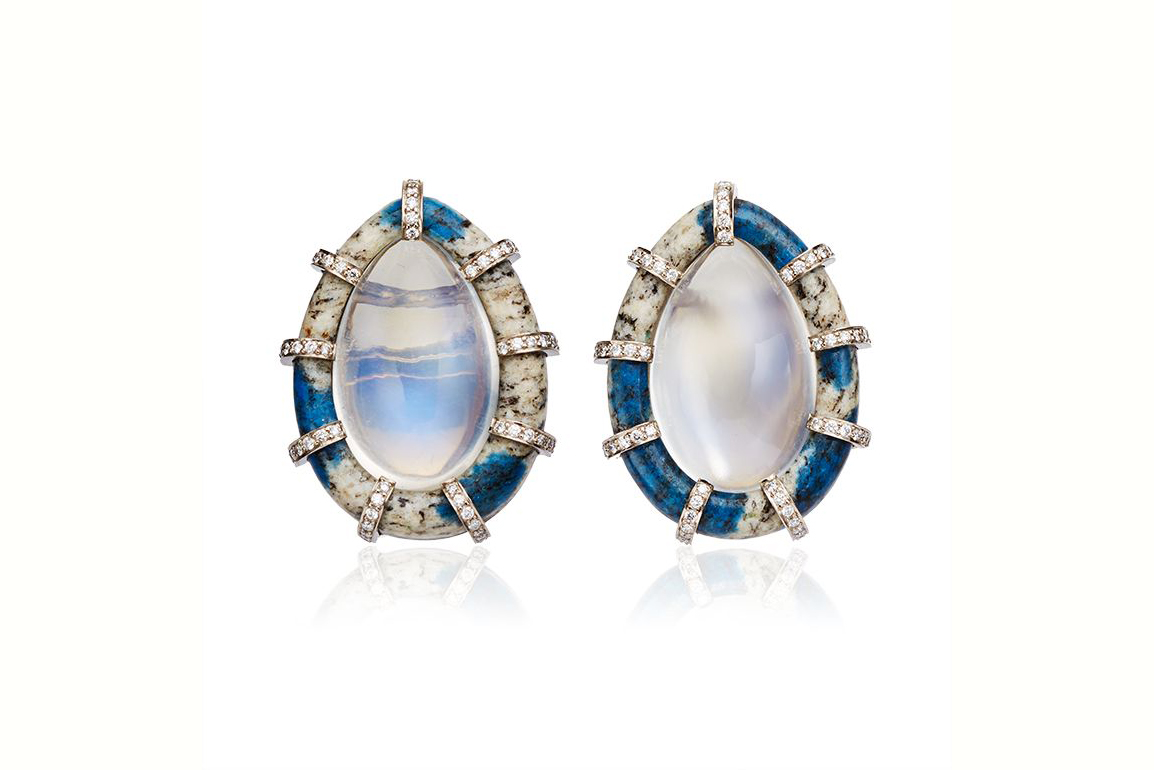
Nicholas Varney
Nicholas Varney
Pear-shaped moonstone ear clips with a granite frame set with diamonds
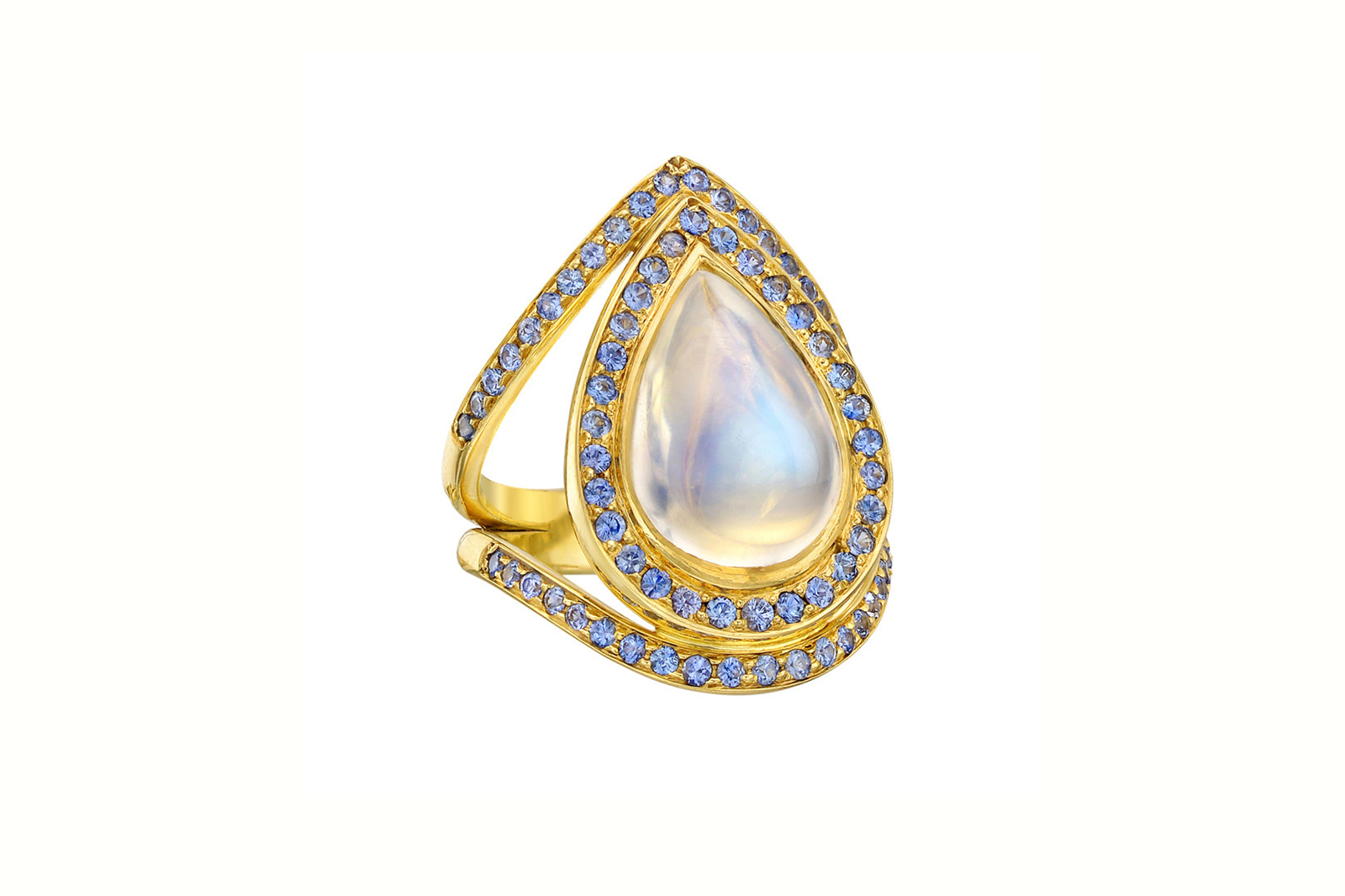
Temple St Clair
Temple St Clair
Halo cocktail ring with moonstone and sapphires in yellow gold
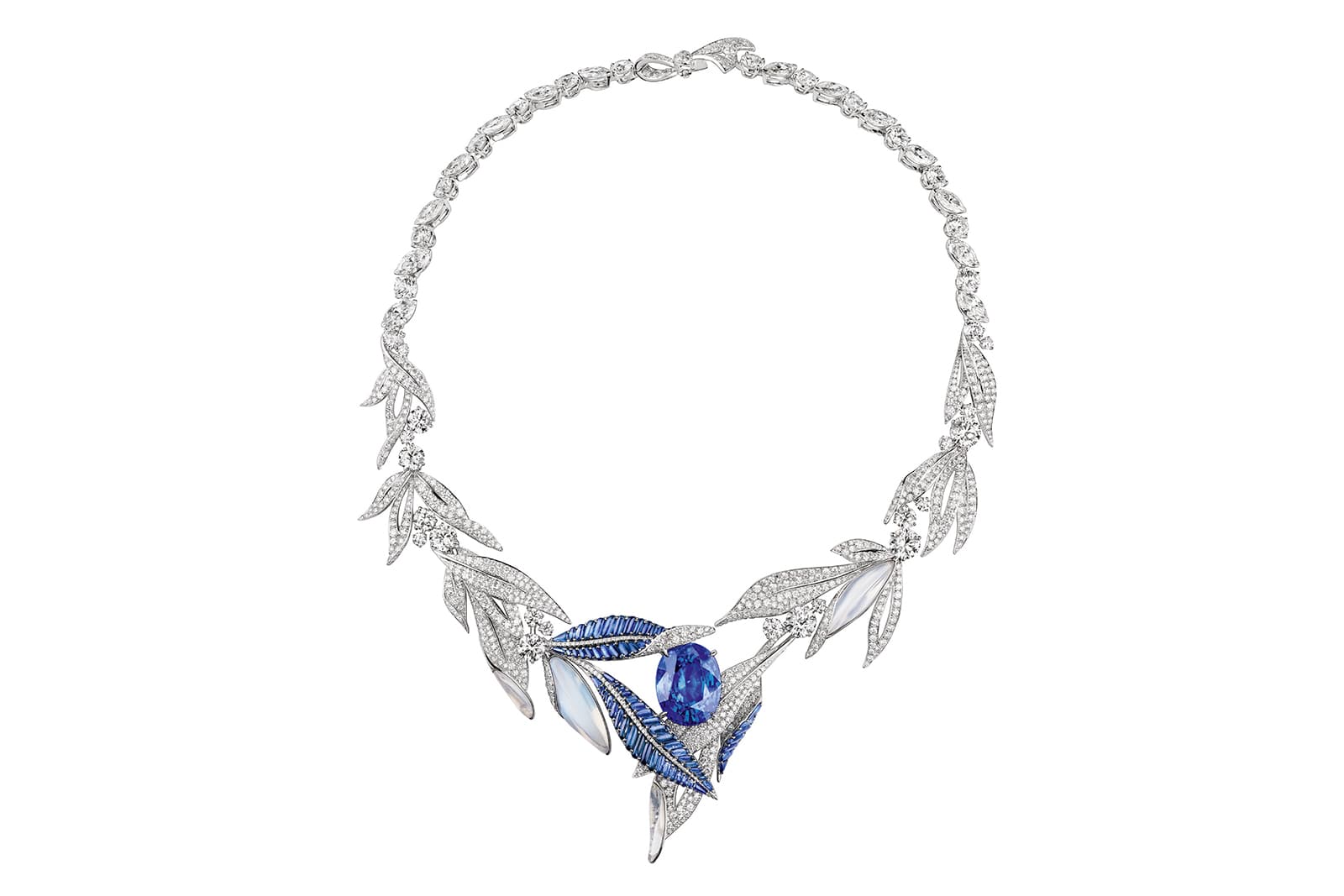
Chaumet
Chaumet
La Nature de Chaumet Firmament apollinien necklace in white gold with a cushion-cut Burmese sapphire weighing 34.36 carats, moonstone motifs, sapphires and diamonds
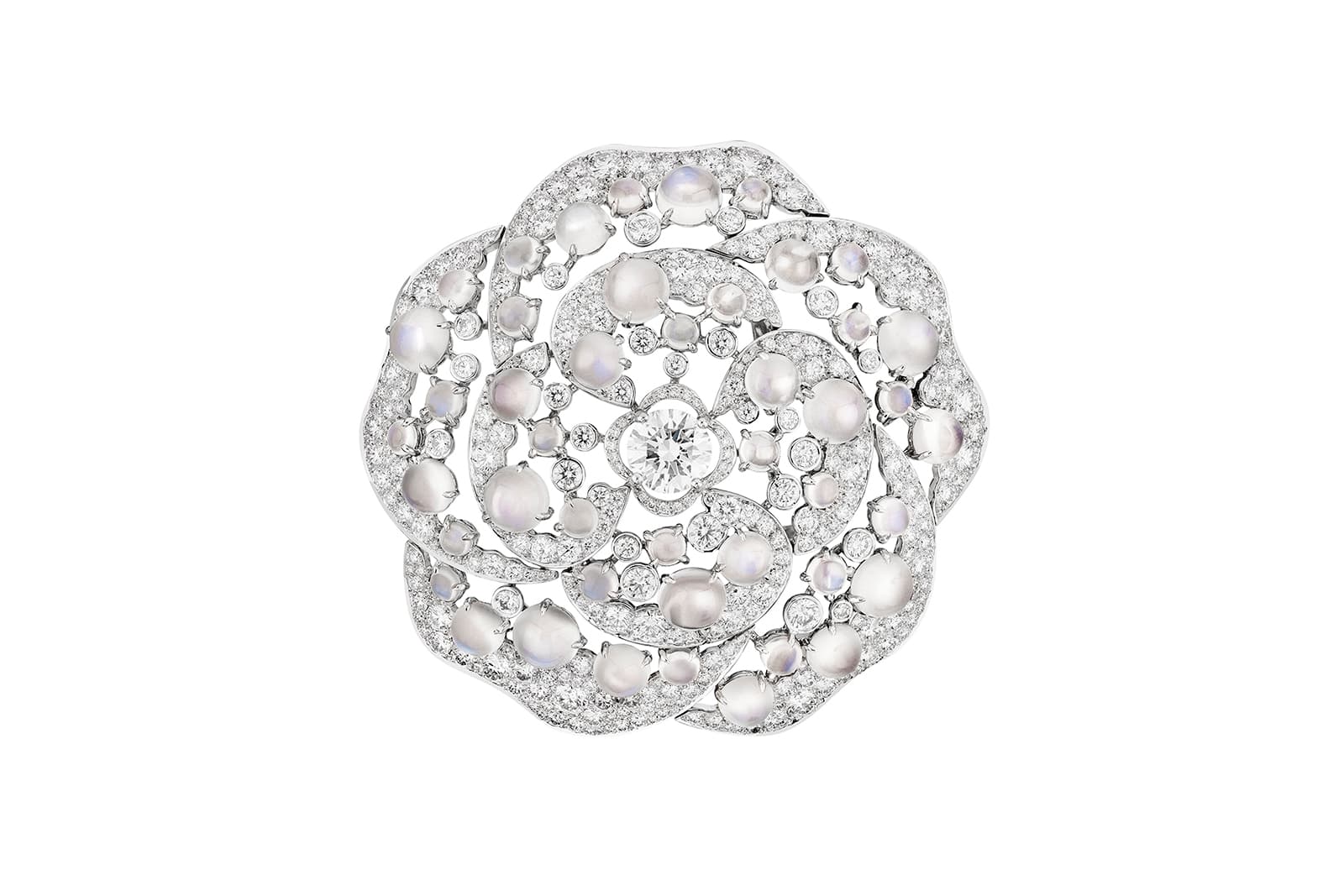
CHANEL
CHANEL
Quintessence moonstone brooch
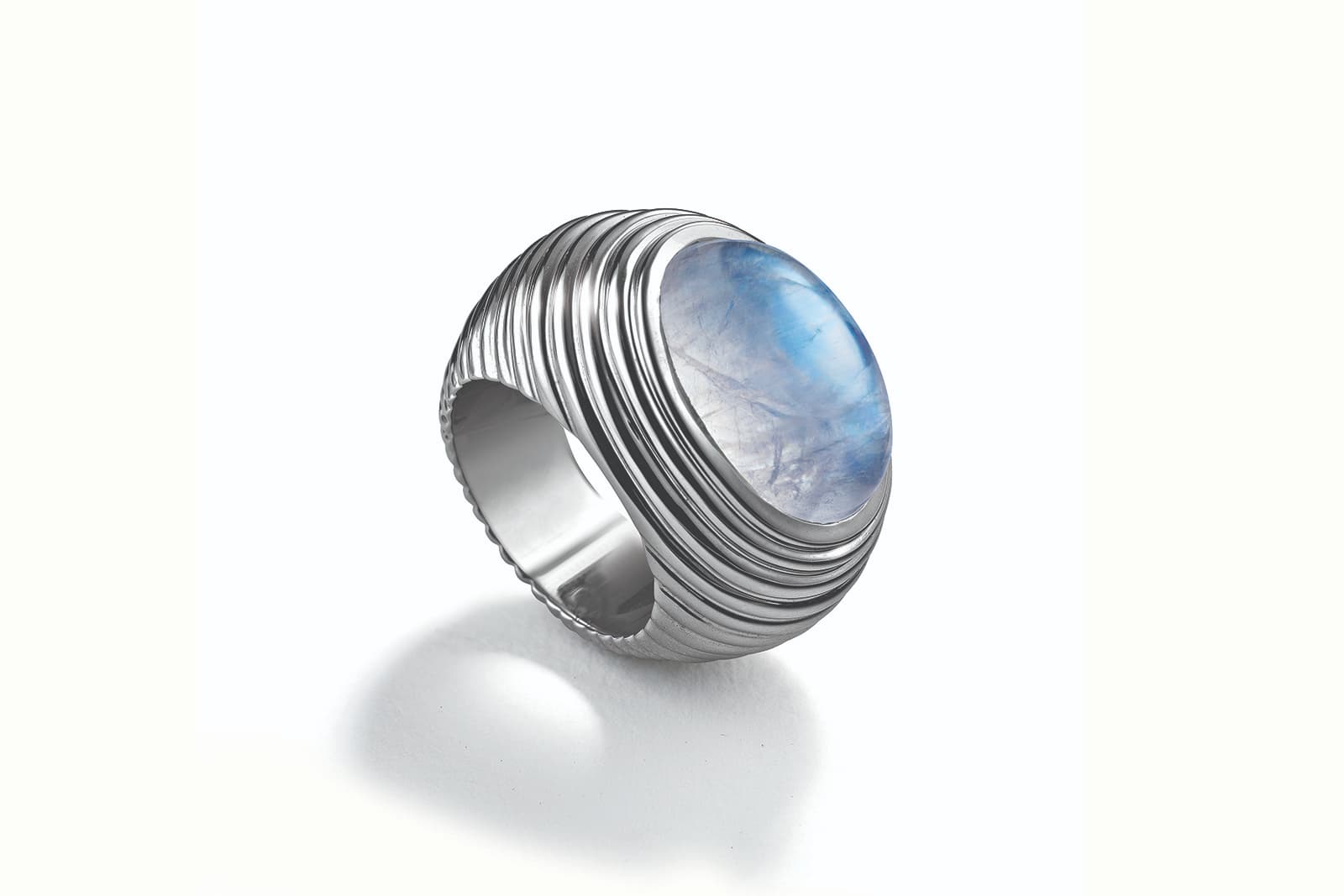
Verdura
Verdura
Bibendum ring with a moonstone cabochon in gold

Cartier
Cartier
High Jewellery necklace in white gold with a 47.13 carat pear-shaped cabochon-cut aquamarine, aquamarine and moonstone beads, black lacquer and brilliant-cut diamonds
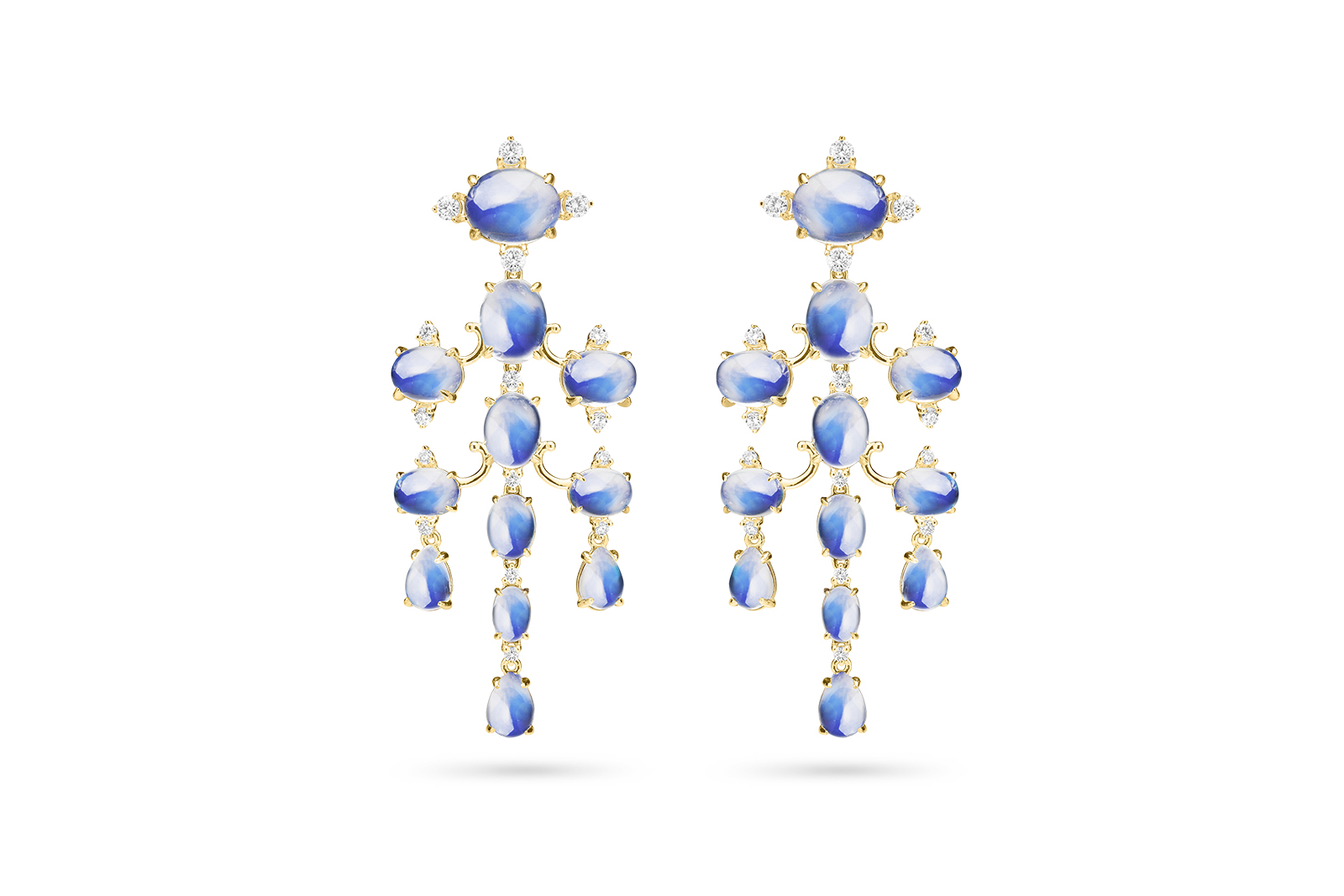
Paul Morelli
Paul Morelli
Tiered Chandelier moonstone earrings
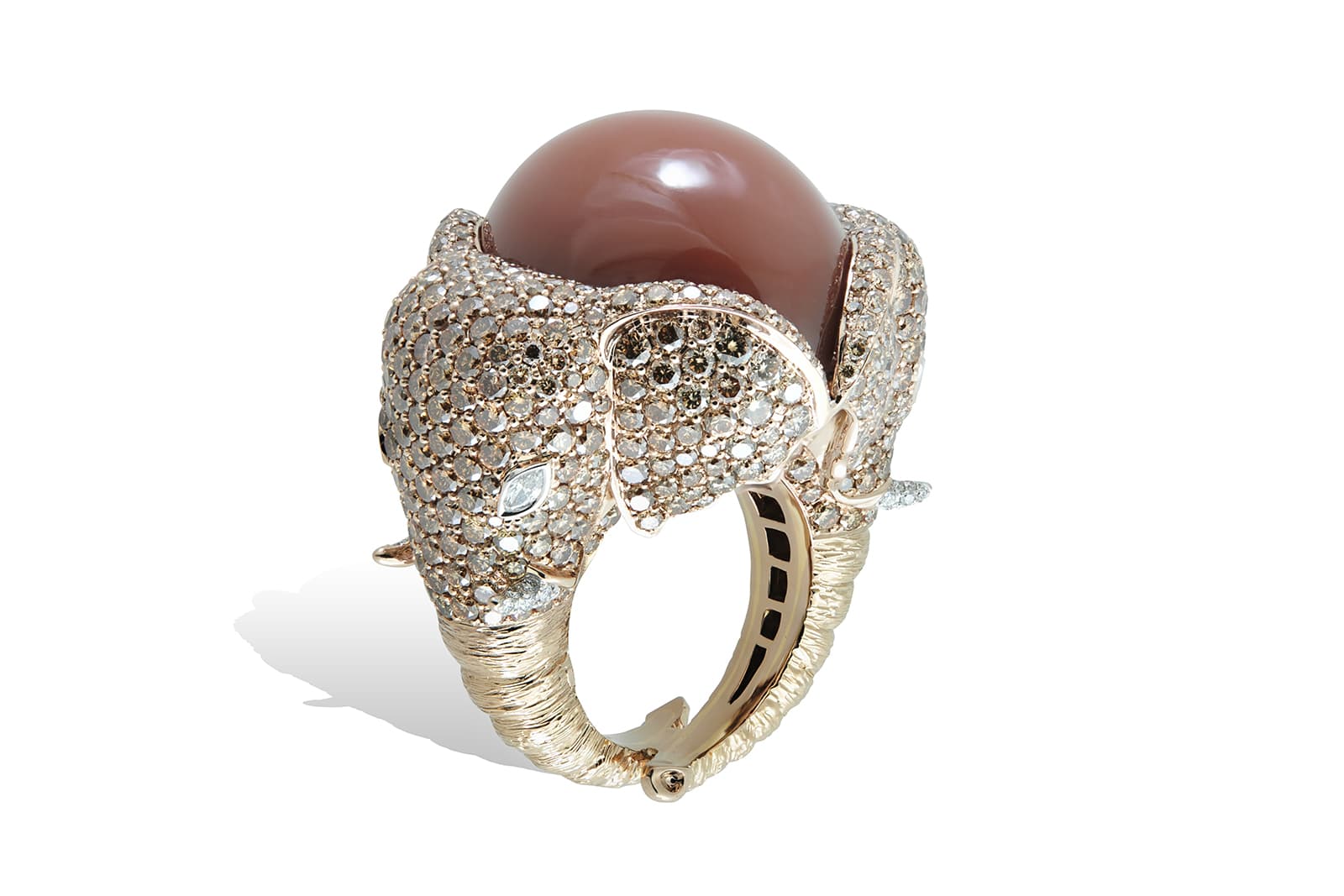
Lydia Courteille
Lydia Courteille
Elephant ring in gold with a brown moonstone cabochon surrounded by white diamonds and 581 brown diamonds
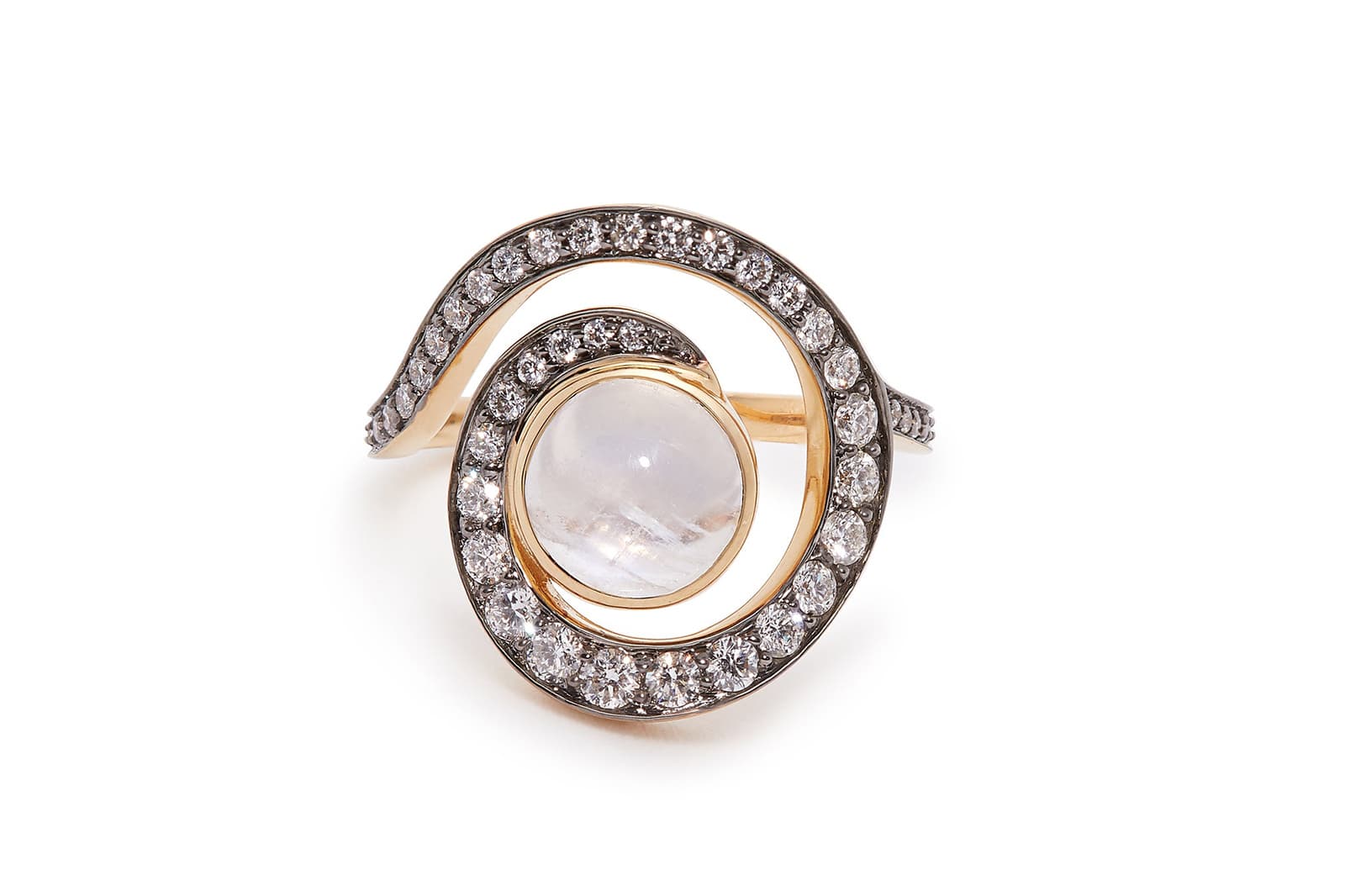
Noor Fares
Noor Fares
Planet Spiral ring in gold with a moonstone cabochon surrounded by diamonds
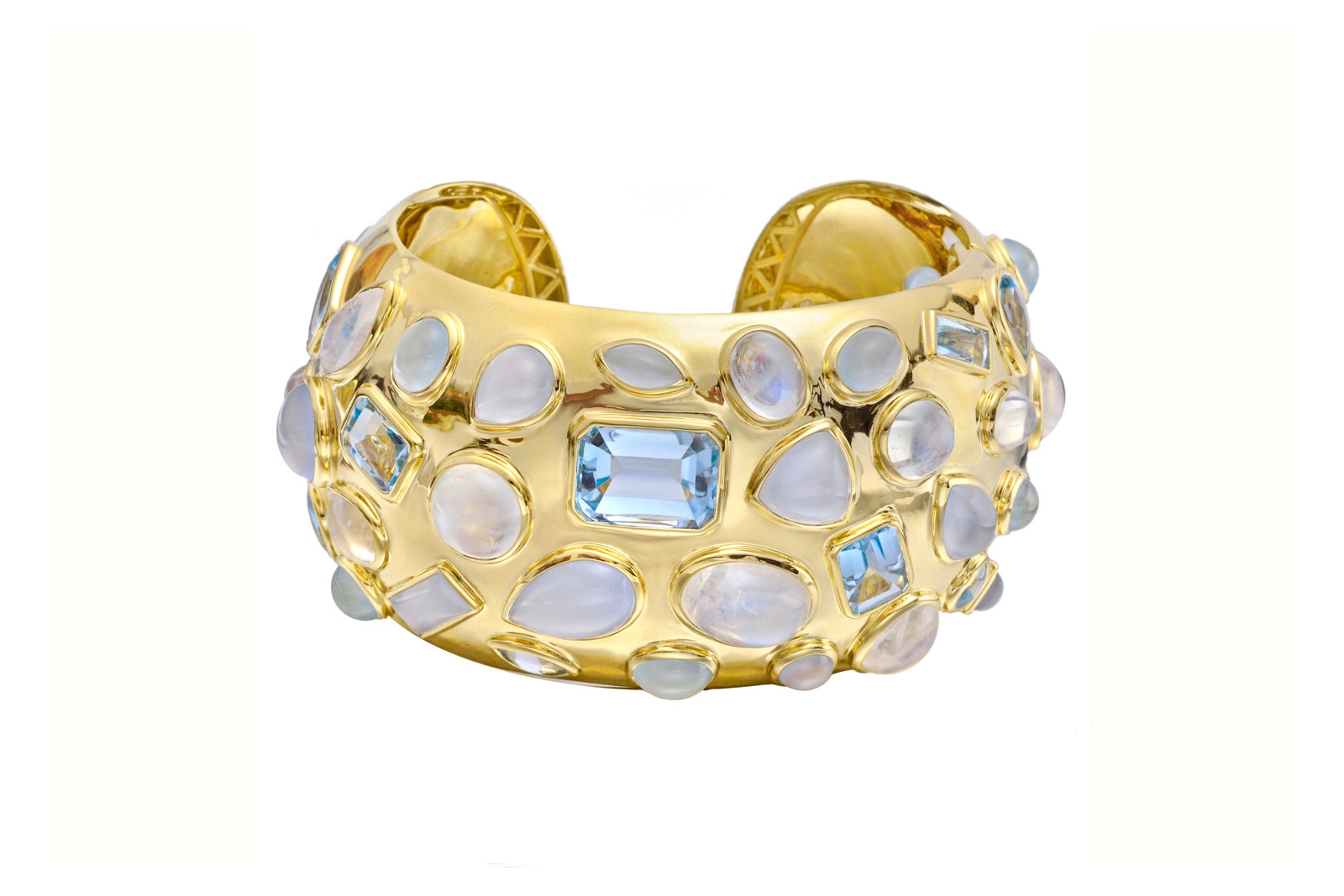
Seaman Schepps
Seaman Schepps
Сuff in yellow gold with moonstone, aquamarine and blue-topaz
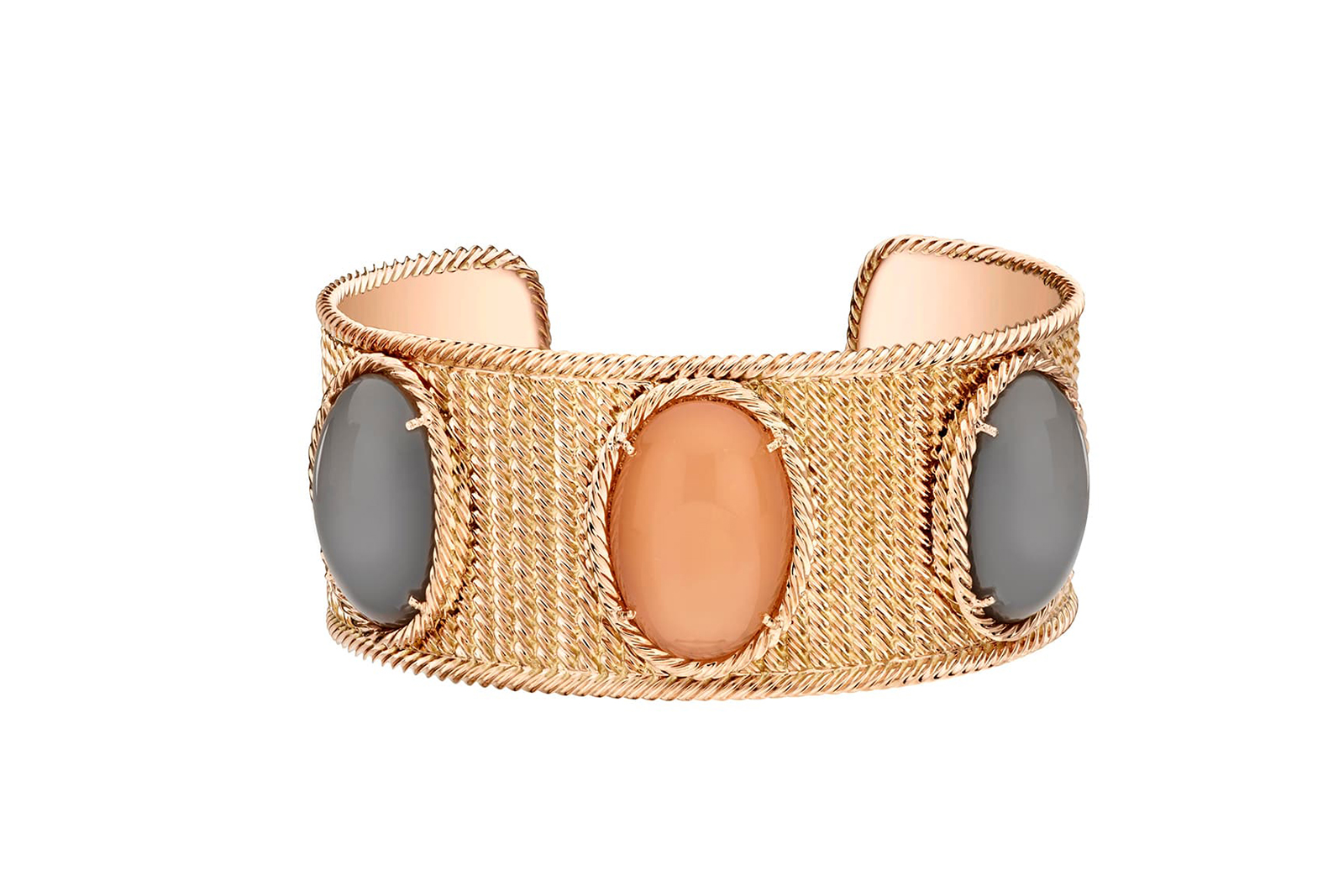
Piaget
Piaget
Limelight Extremely Piaget cuff in rose gold with two grey moonstones of 22.90 carats and one orange moonstone of 11.45 carats

WORDS
